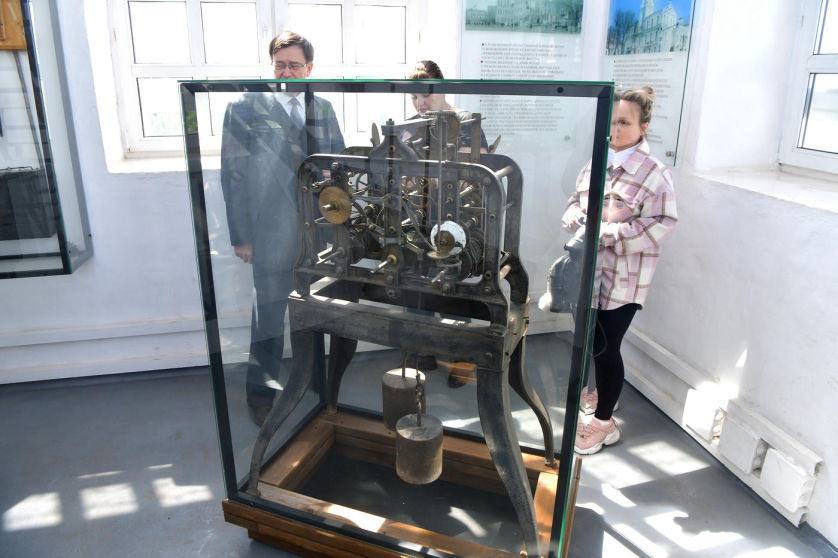
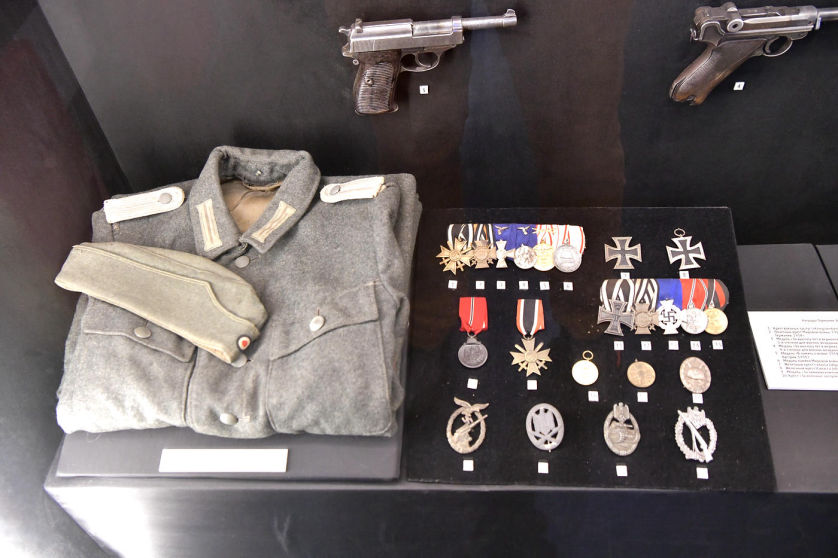
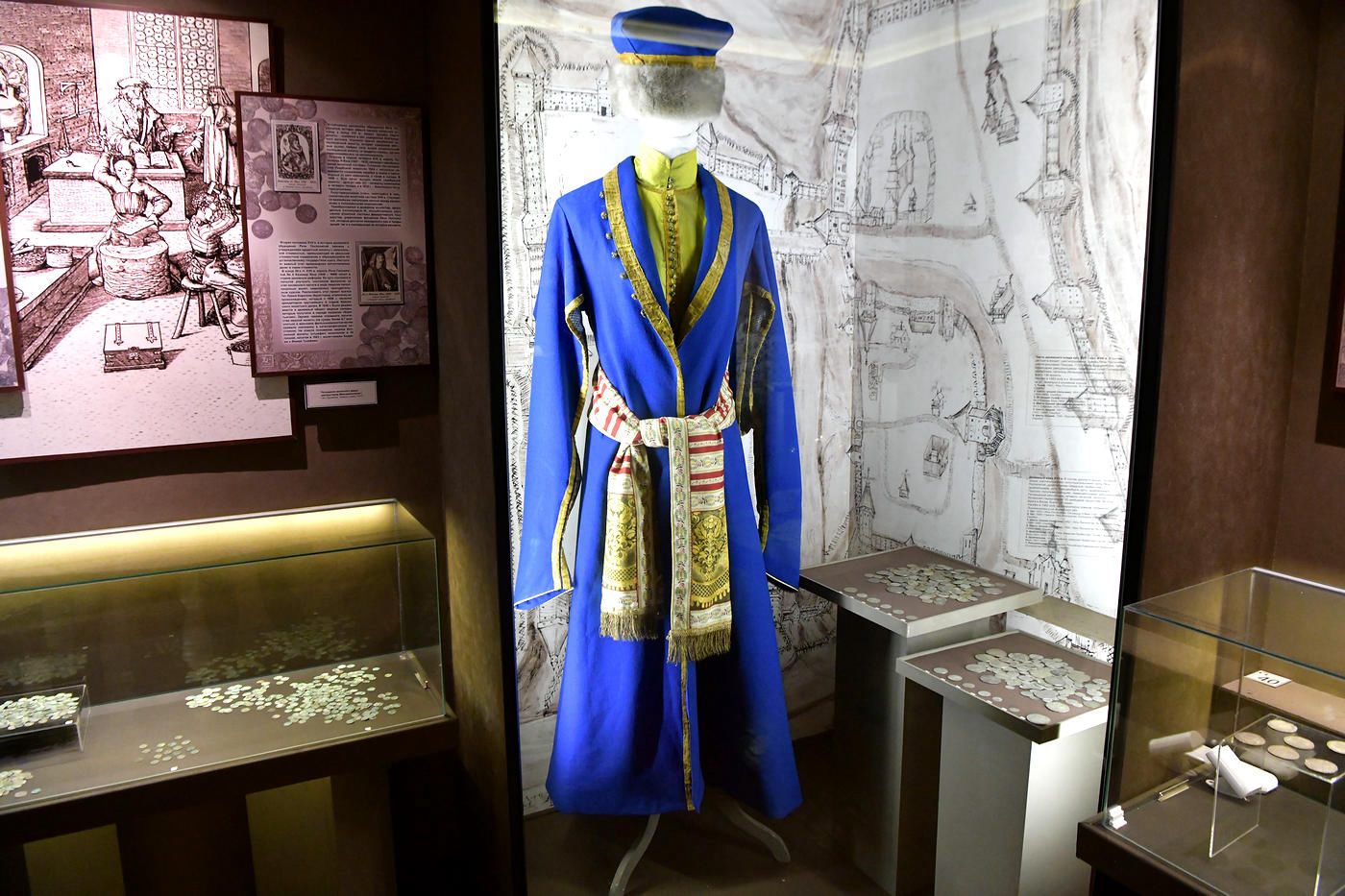
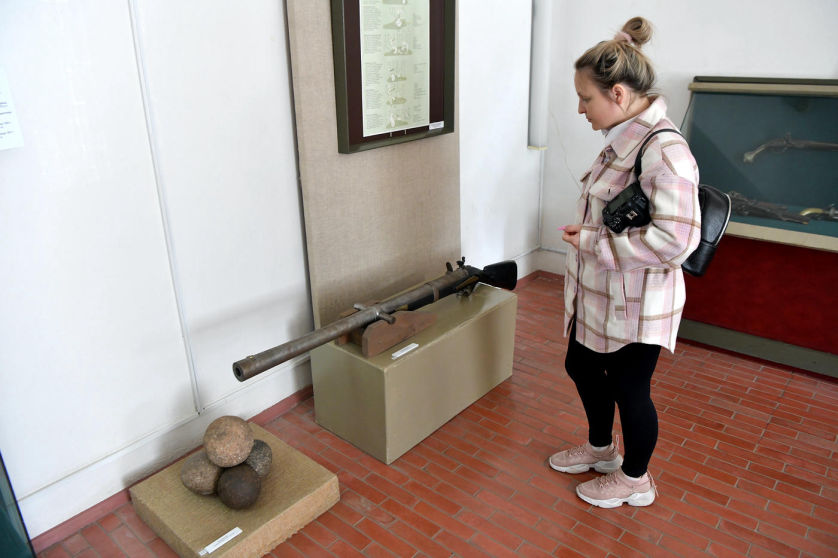
We suggest you take a guided tour of the city, which was almost completely destroyed during the Great Patriotic War. Despite this, the city was able to rise from the ashes after the end of the war and, moreover, become remarkable as a city of artists, as well as the festival and cultural capital of Belarus. Today we will take a walk around Vitebsk, the history of which is of interest to tourists, and name seven reasons why it is worth visiting the northern region of the country.
This museum is one of the oldest museums in Belarus. It is located in the city hall. By the way, this building is the landmark of the city. Valery Shishanov, Scientific Secretary of the Museum, noted that the exhibits stored here represent the memory of the heroic past of the Vitebsk land.
The museum was founded in 1918. It presents items from pre-revolutionary collections and those that have been collected for over 100 years. You can see the unique collections of numismatics and the Masonic collection in one of the exhibition rooms of the city hall. One of the most valuable exhibits is dirhams. This unique treasure – 527 coins – was found in the village of Dobrino. Another iconic item is the famous Vitebsk birch-bark manuscript of the 13th-14th centuries, which was found in 1959 on Svoboda Square.
"This find is unique, and it is the first and, in fact, the only birch bark document in Belarus at the moment," Valery Shishanov emphasised. "For instance, only a fragment of a manuscript was found in Mstislavl, while in our exposition, the text of the manuscript is presented in full."




In addition, visitors can take in the collections of antiques and weapons.
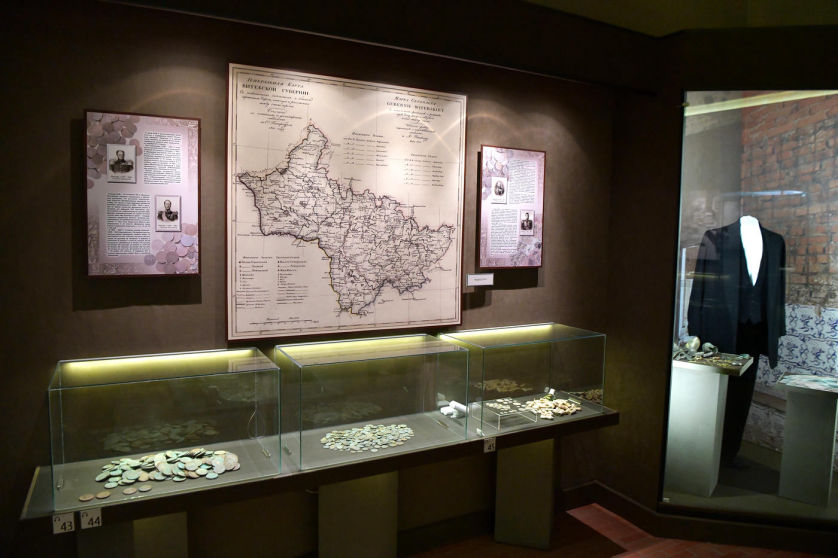
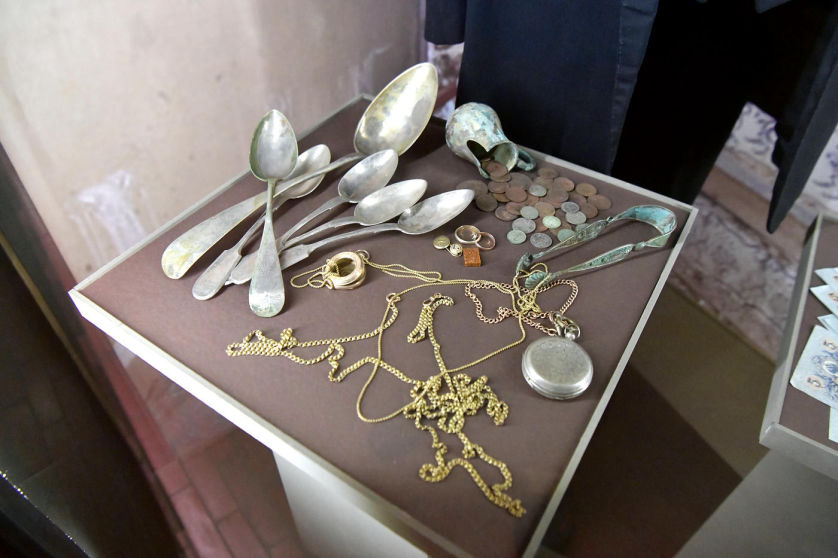
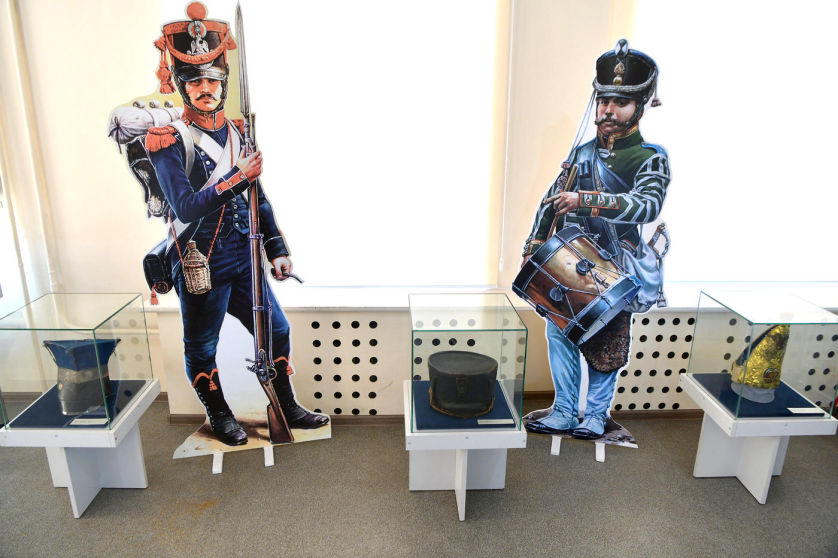
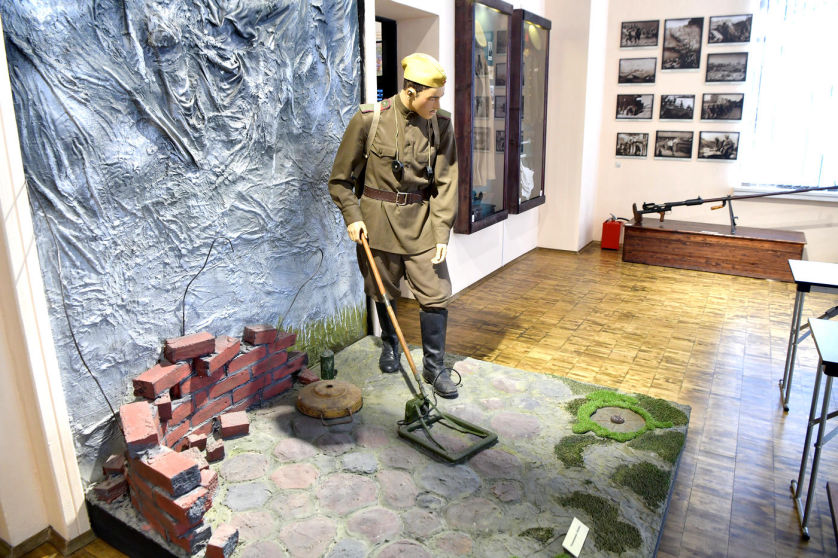
The photographic studio and the exhibition dedicated to the history of photography in Vitebsk in the 19th – early 20th centuries, where, among other things, the works of Sigismund Yurkovsky, the famous photographer inventor, are presented, are also of great interest to visitors to the city hall. Here rarity lovers can see more than a dozen cameras of different years produced in the USSR, Europe, the USA, and Japan.
Another reason why you should visit this museum is that yo can look at Vitebsk from a bird's eye view. Tourists can look at the ancient city from the tower, which is almost 40 metres high.
Blagoveshchenskaya Tserkov, which is the most ancient and venerated by the natives and guests of the northern capital of Belarus, is located in the picturesque centre of Vitebsk on the banks of the Western Dvina.
According to archaeologists, it was built in the 12th century. According to historical facts, it was in Blagoveshchenskaya Tserkov that Alexander Nevsky and Princess Alexandra Bryachislavna got engaged.
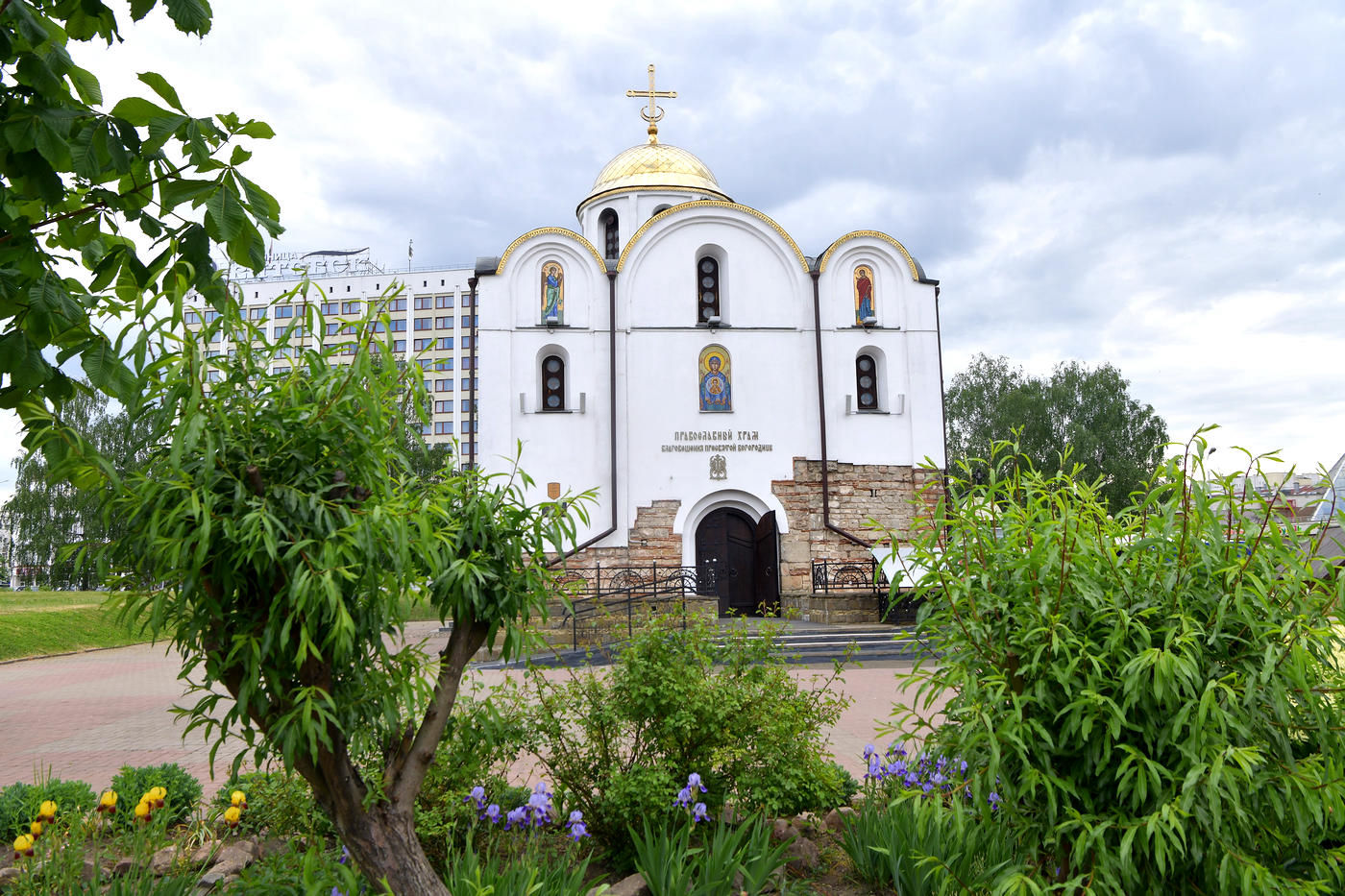
However, the uniqueness of the church is manifested not only in historical events. The laying of the walls is also unusual –dolomite blocks alternate with rows of plinths, part of which has survived to this day.
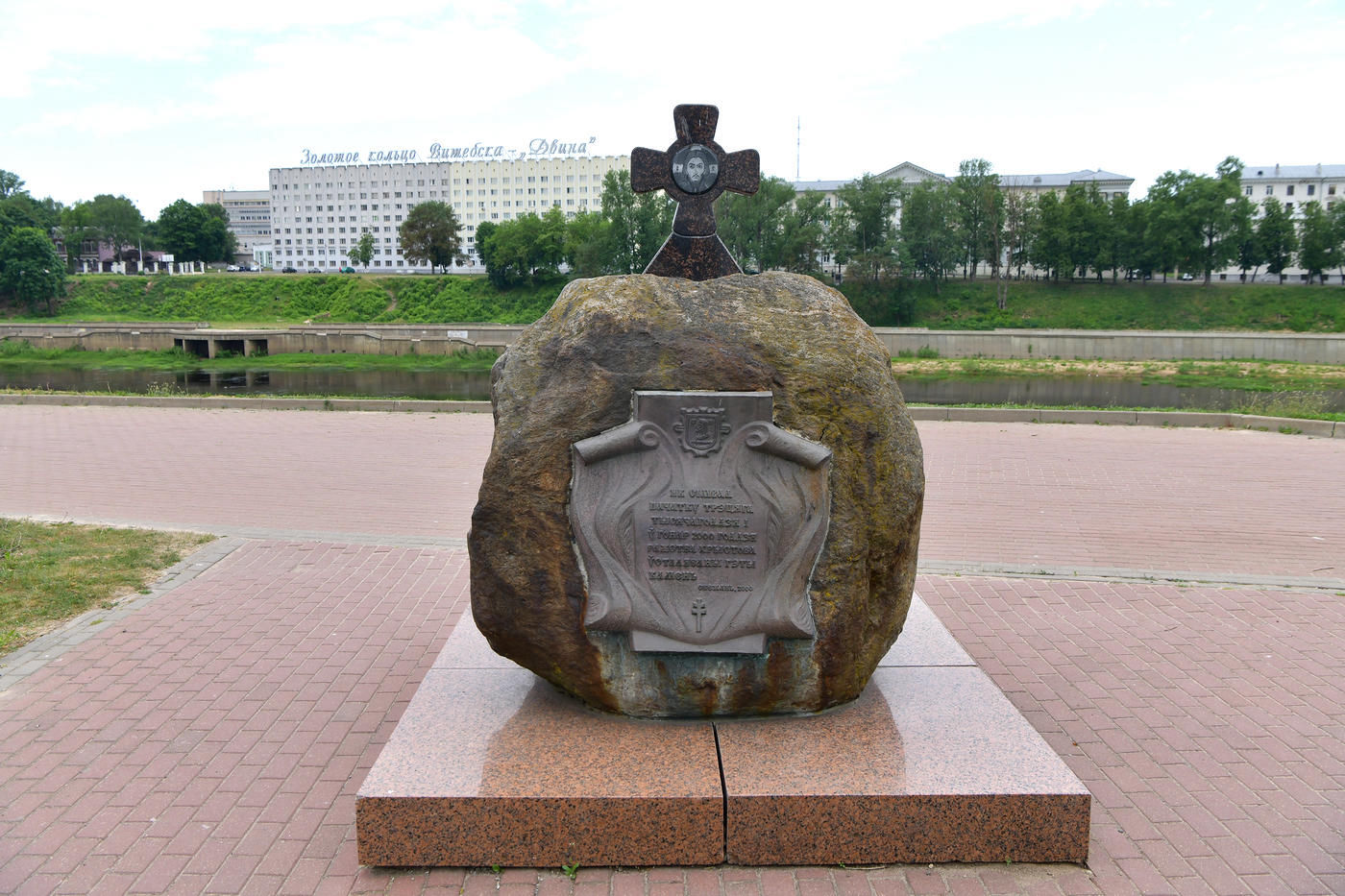
The church has been repeatedly rebuilt over many centuries of its history. In the early 1990s, the restoration of the church began, and eight years later Blagoveshchenskaya Tserkov was restored to its original old form.
In September 1998, the church was visited and consecrated by His Holiness Patriarch Alexy II of Moscow and All Rus'. The first divine service in Blagoveshchenskaya Tserkov was performed on the day of the Nativity of Christ in 1999 by the head of the Vitebsk Diocese, Archbishop Dimitry of Vitebsk and Orsha.
It is the largest one in Belarus. Tatyana Kotovich, Professor of the Department of History and Cultural Heritage, Vitebsk State University named after P. Masherov, said that the largest square in the country was built as Communal work, that is, by Vitebsk enterprises, citizens and specialists from other cities. They worked 16 million man-hours on Saturdays and Sundays. Everyone had their own share (100 hours) in this common work, so these man-hours were not just a common work, but everyone's contribution to the arrangement of a sacred place in Vitebsk.
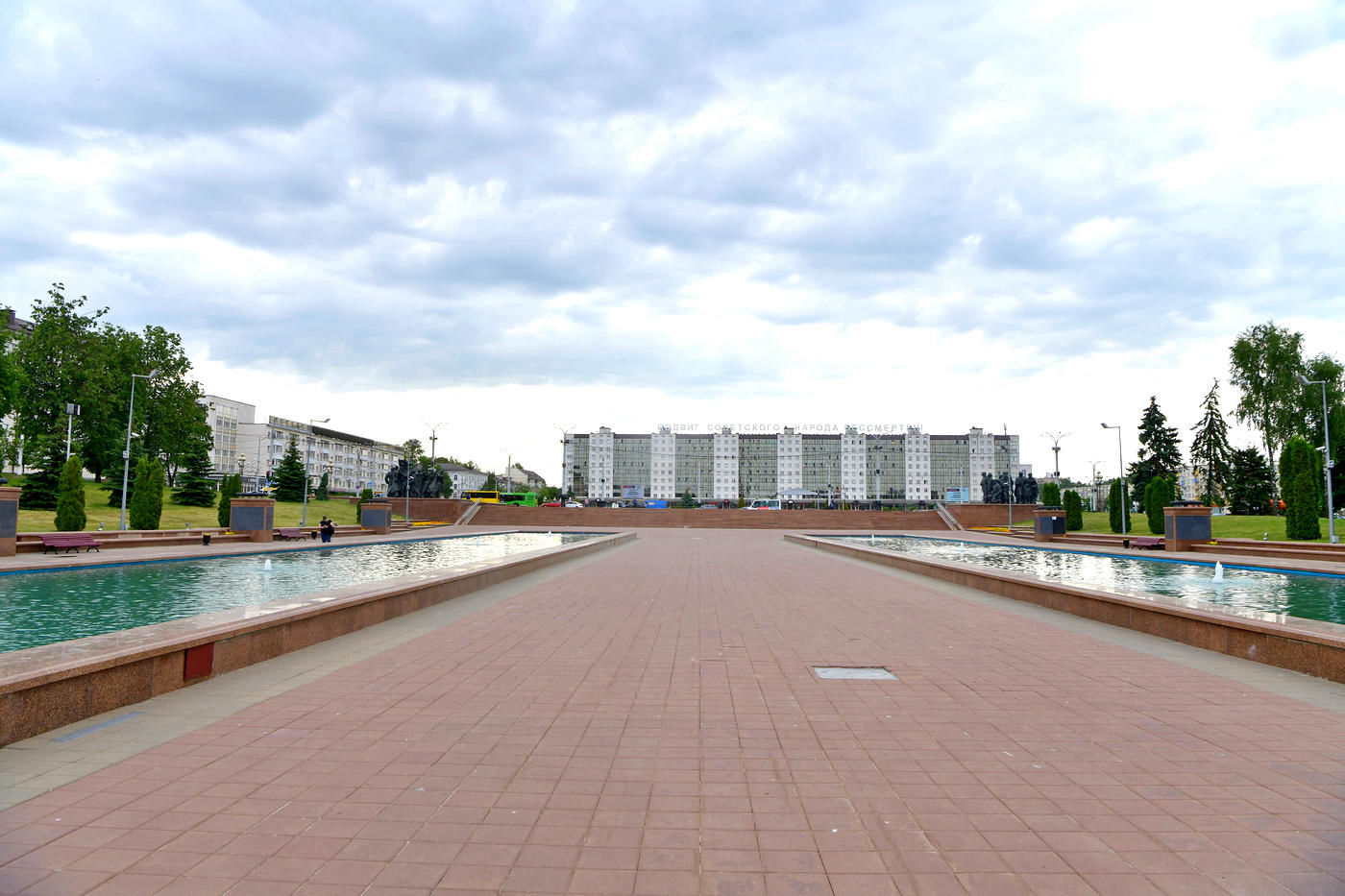
Granite was delivered from the quarries of Karelia, Uzbekistan and Ukraine and was processed after at the factories of Moscow, Kondopoga (Karelia) and Leningrad; granite crushed stone was brought from Ovruch (Ukraine), the H pigment was supplied from Tambov, dolomite was brought from Ruba and the Baltic States, and chemical bottoms were brought from Mogilev. Mixtures and construction compounds were developed by specialists of the Belarusian Road Research Institute.
"One of the most grand events that took place on Victory Square was the celebration of the millennium since the founding of Vitebsk," the art critic emphasised. "The city authorities prepared the first carnival procession with the "arrival of Princess Olga" who was the founder of Vitebsk." It was a striking scene! Pyotr Masherov himself attended the anniversary. Pyotr Mironovich arrived at the venue in the evening on the eve of the opening of Victory Square. After the Khatyn and Mound of Glory projects, this was the third most important monumental project implemented directly under the charge of Masherov. Commanders of partisan brigades, participants in the liberation of Vitebsk and many other guests were invited to the celebration.
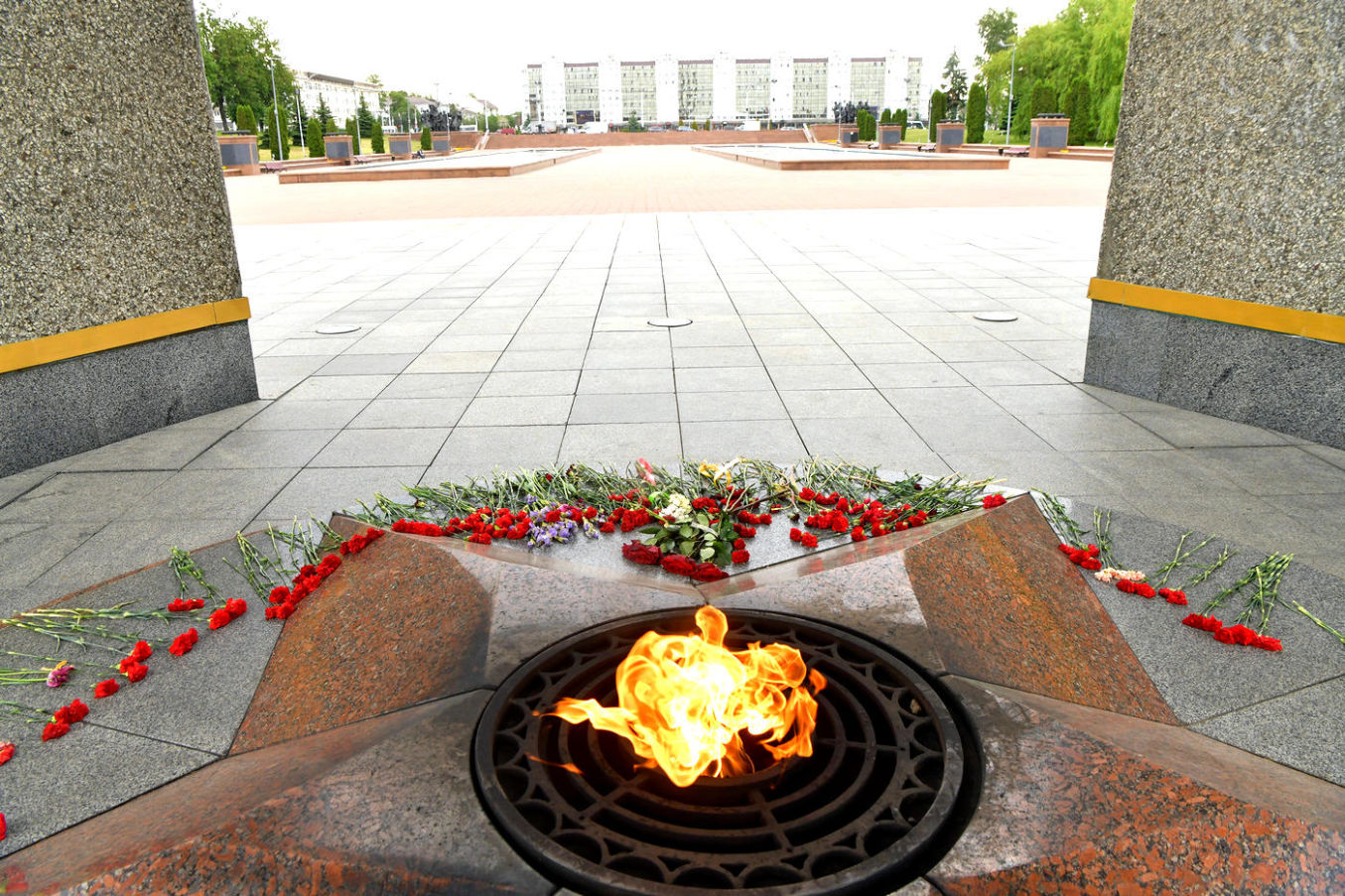
Now, the eternal flame burns on Victory Square near the famous monument Three Bayonets in memory of the tragic history of Vitebsk, the courage of the city dwellers and the entire Soviet people.
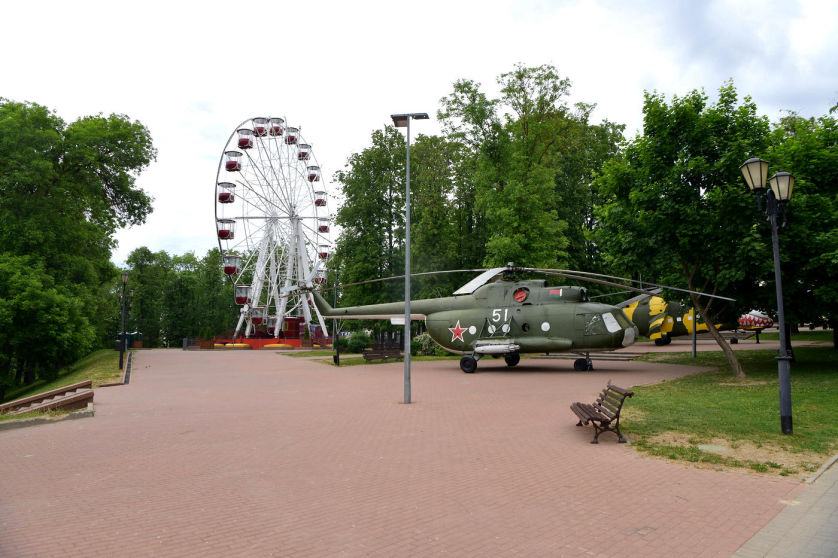
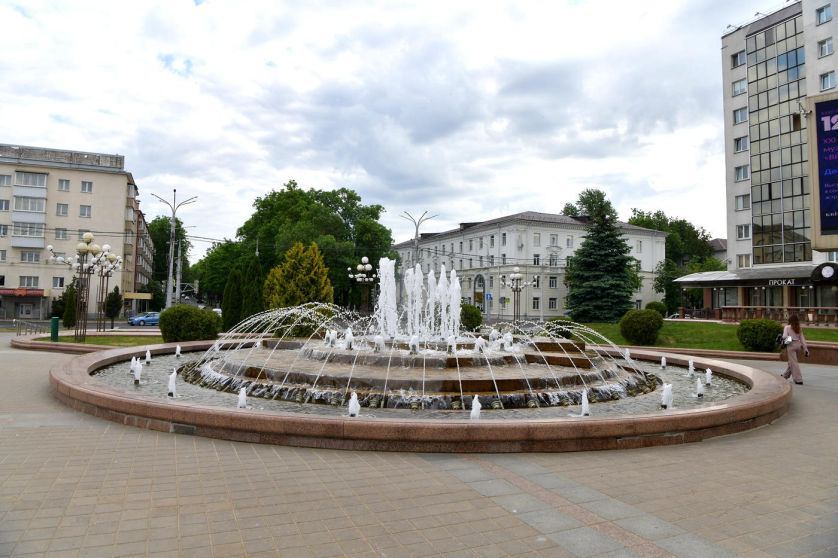
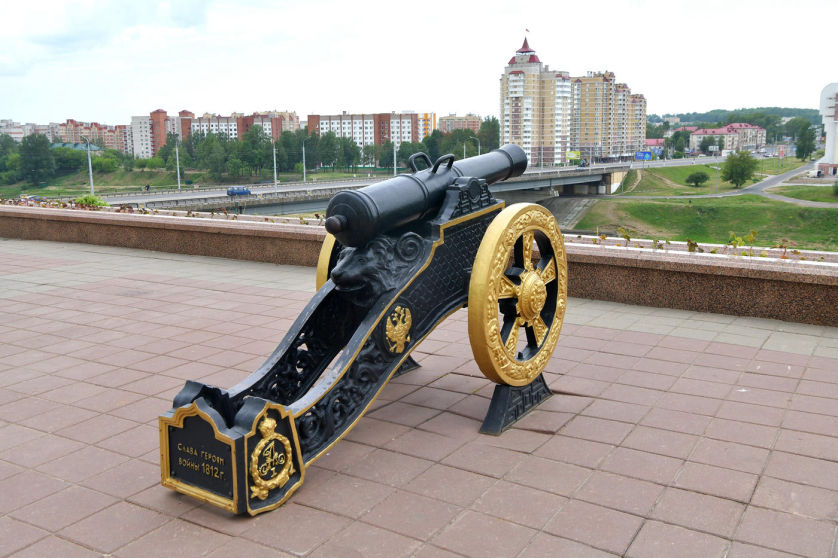
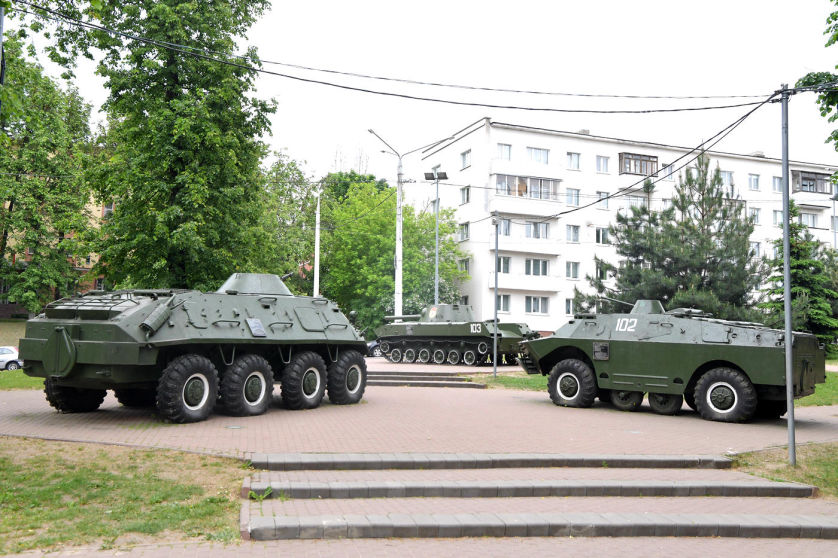
Three 56-metre trapezoidal obelisk pylons are hard to miss even from afar. At a height of about five metres, the obelisks are connected into a single composition with the help of a monolithic frieze, on three sides of which reliefs are made glorifying the immortal feat of warriors, partisans and underground fighters. Inside the pylons, there is a ring that also connects three obelisks, with the inscription "Glory to Our Heroes."
Many associate Vitebsk with Marc Chagall, the world-famous artist of the Paris School, a native of Belarus.
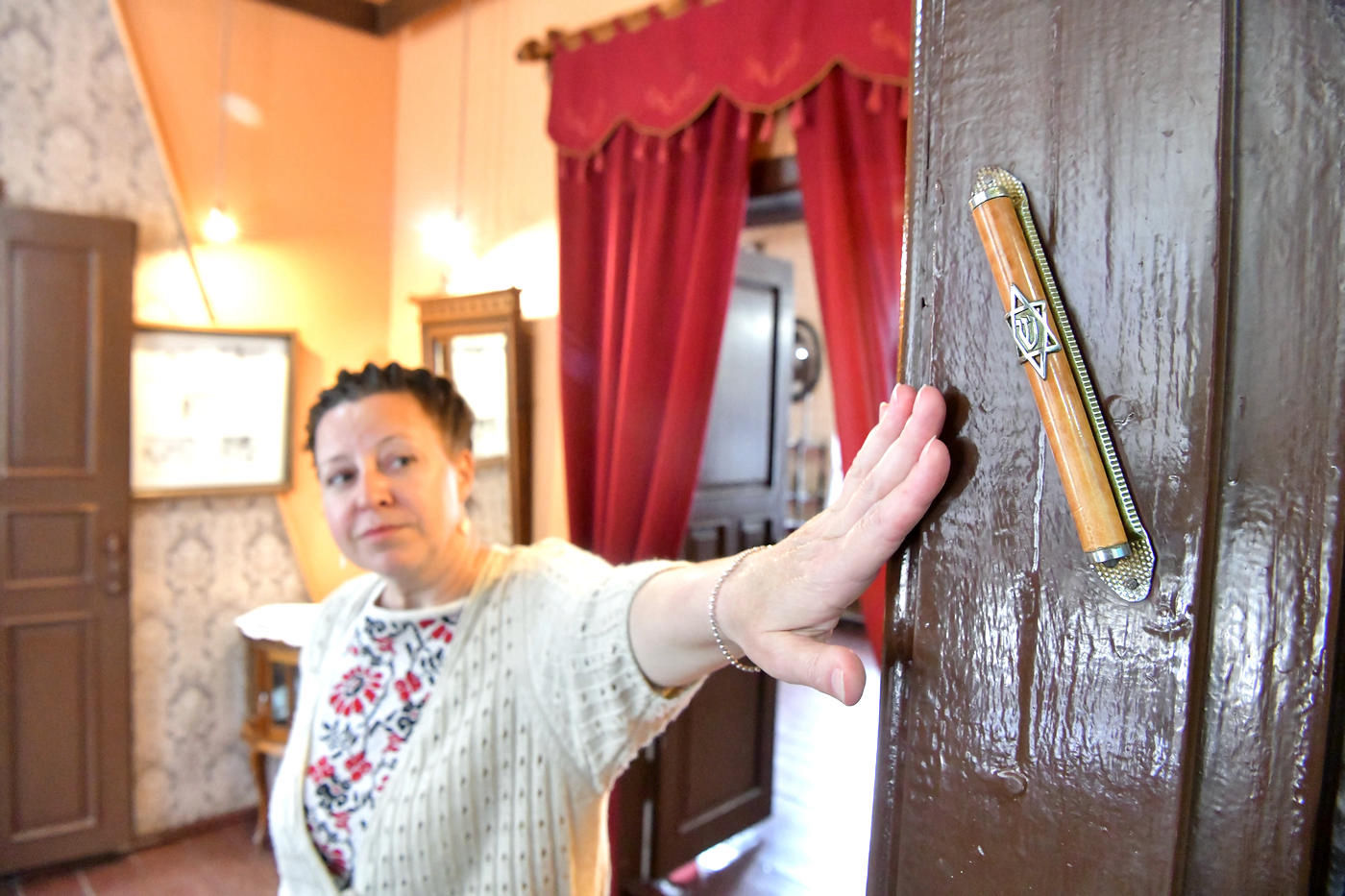
Tourists have a unique opportunity to visit the house where Marc Chagall lived and worked. The house located on Pokrovskaya Street, where the artist spent his entire youth (you can read about this period in his autobiography My Life), was built by his father in the early 1900s. One of the rooms in the building that now houses the museum once served as a grocery store for the Jewish Chagall family.
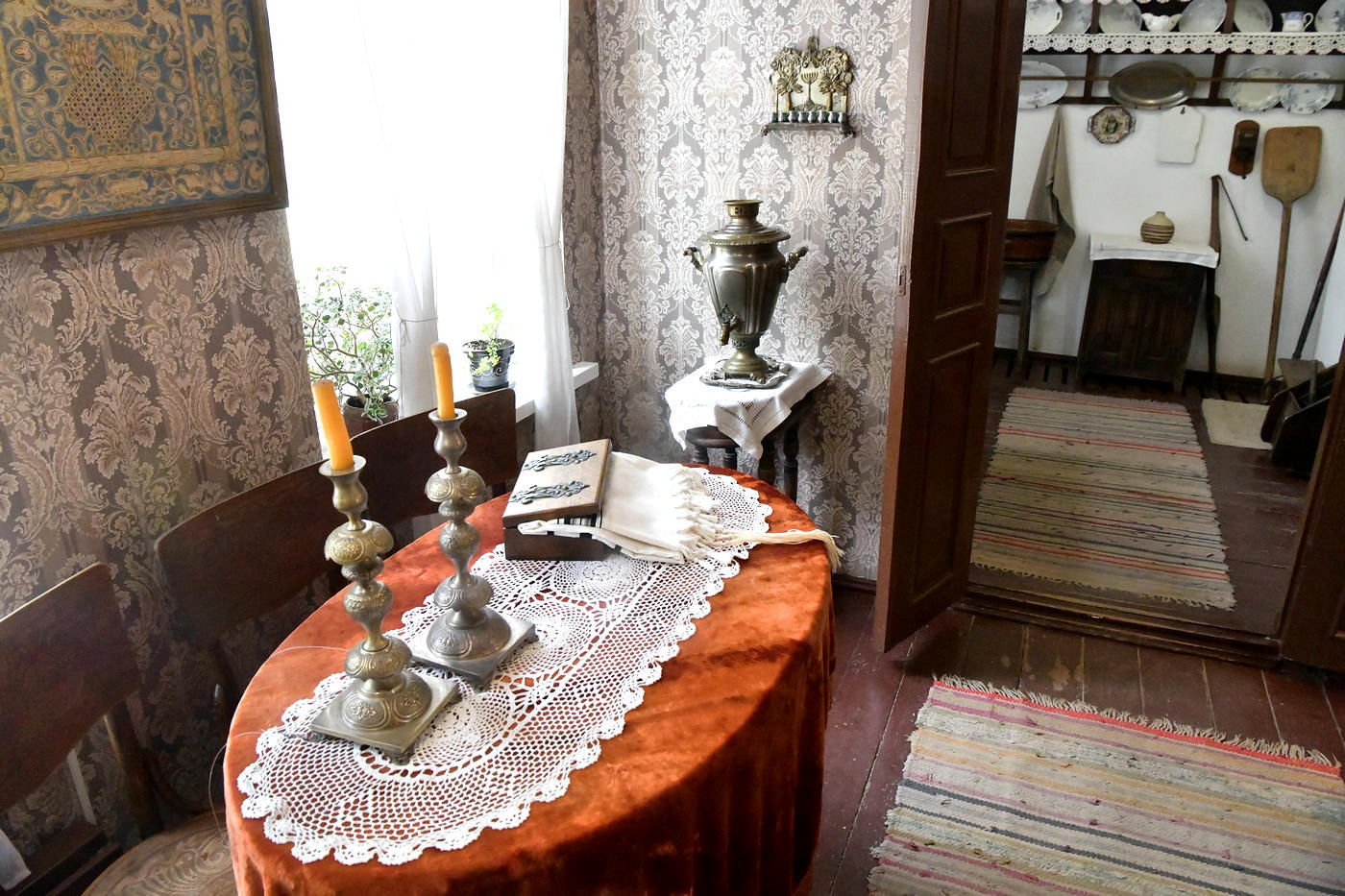
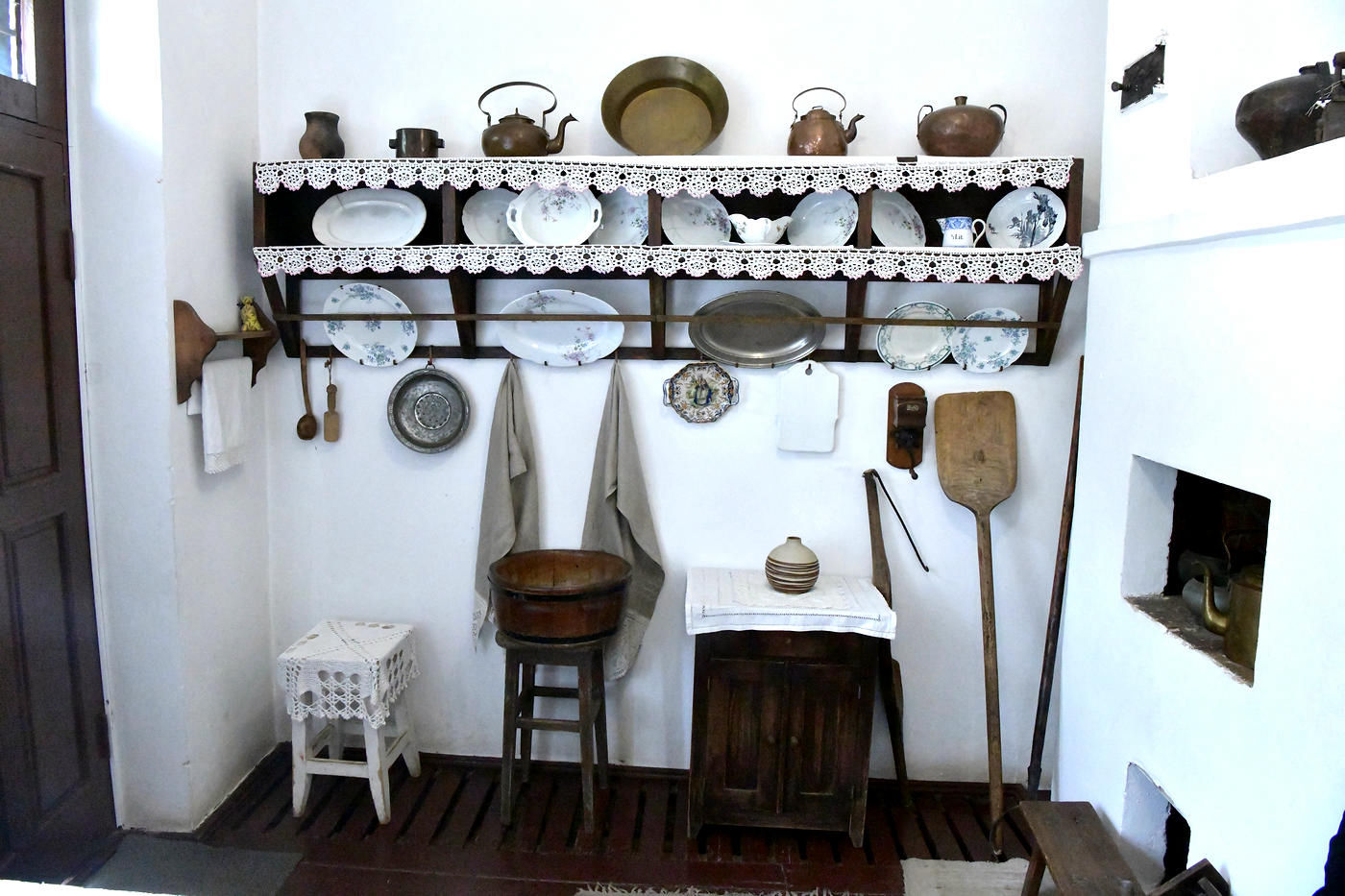
The furnishings and interior, photographs, and documents, which describe the details of their family life, gives visitors the opportunity to feel the vibes of that time. The exposition contains antique household items from the turn of the 19th–20th centuries. For instance, a porcelain board, a dish and a painted plate, and a first-aid kit can be considered to actually belong to the Chagall family.
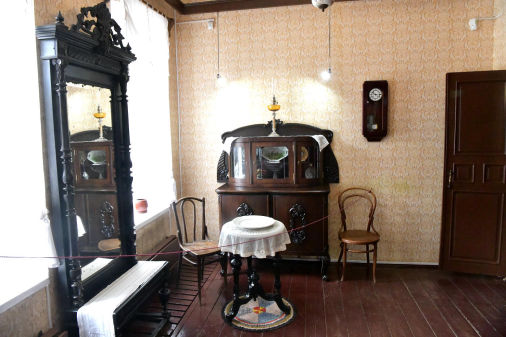

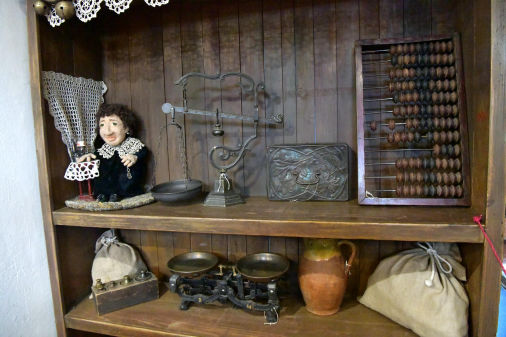
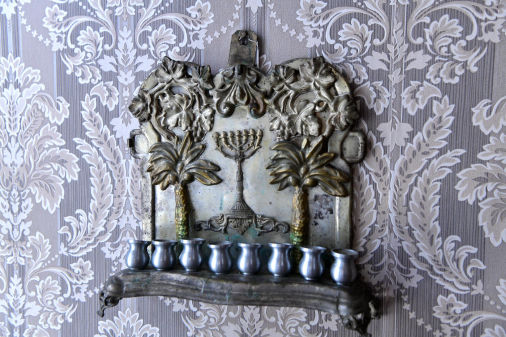
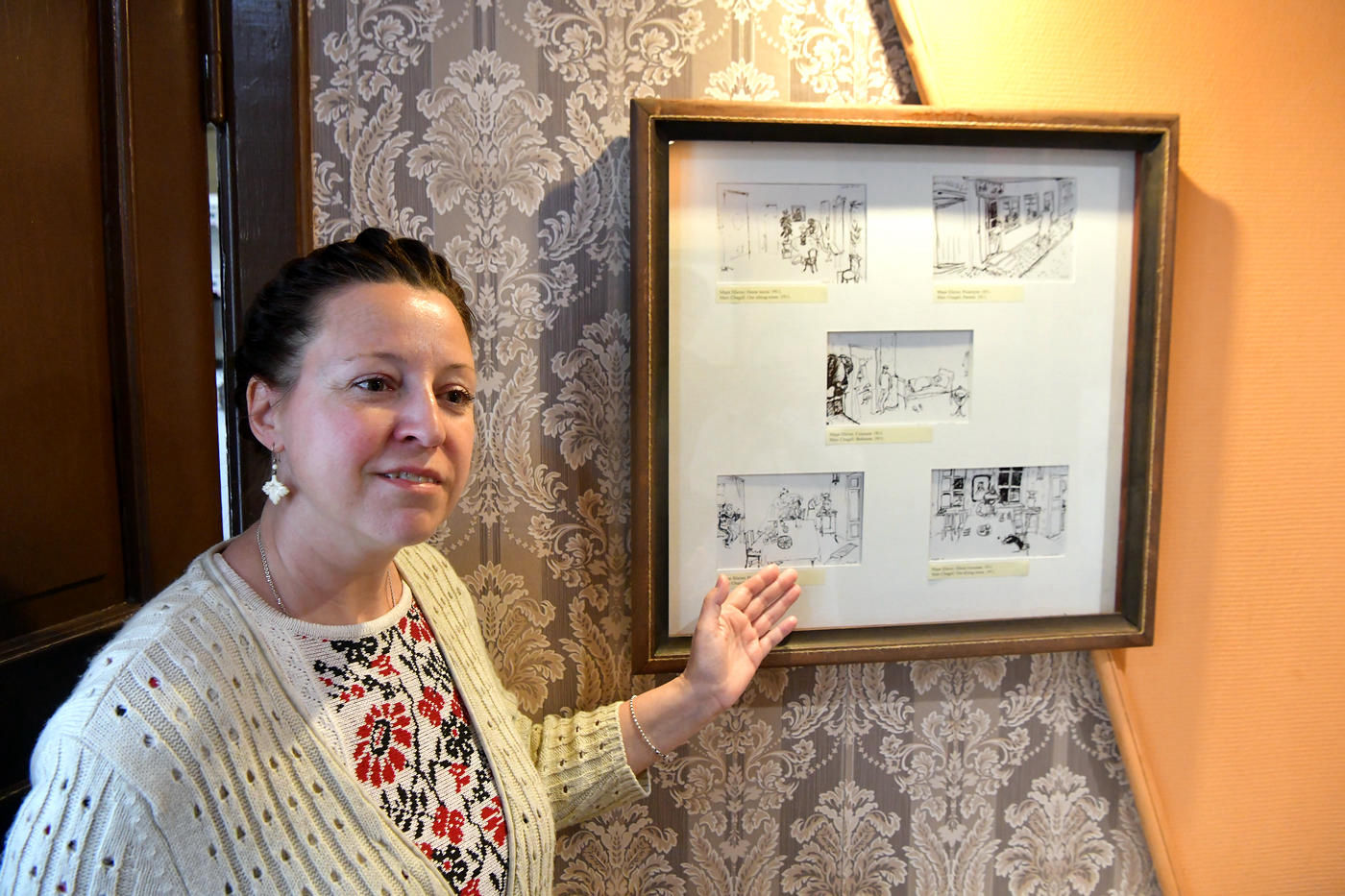
"Marc Chagall began to draw his first, still childish drawings in the house on Pokrovskaya Street," said Irina Voronova, the director of the museum. "The young artist imagined that this was his workshop."
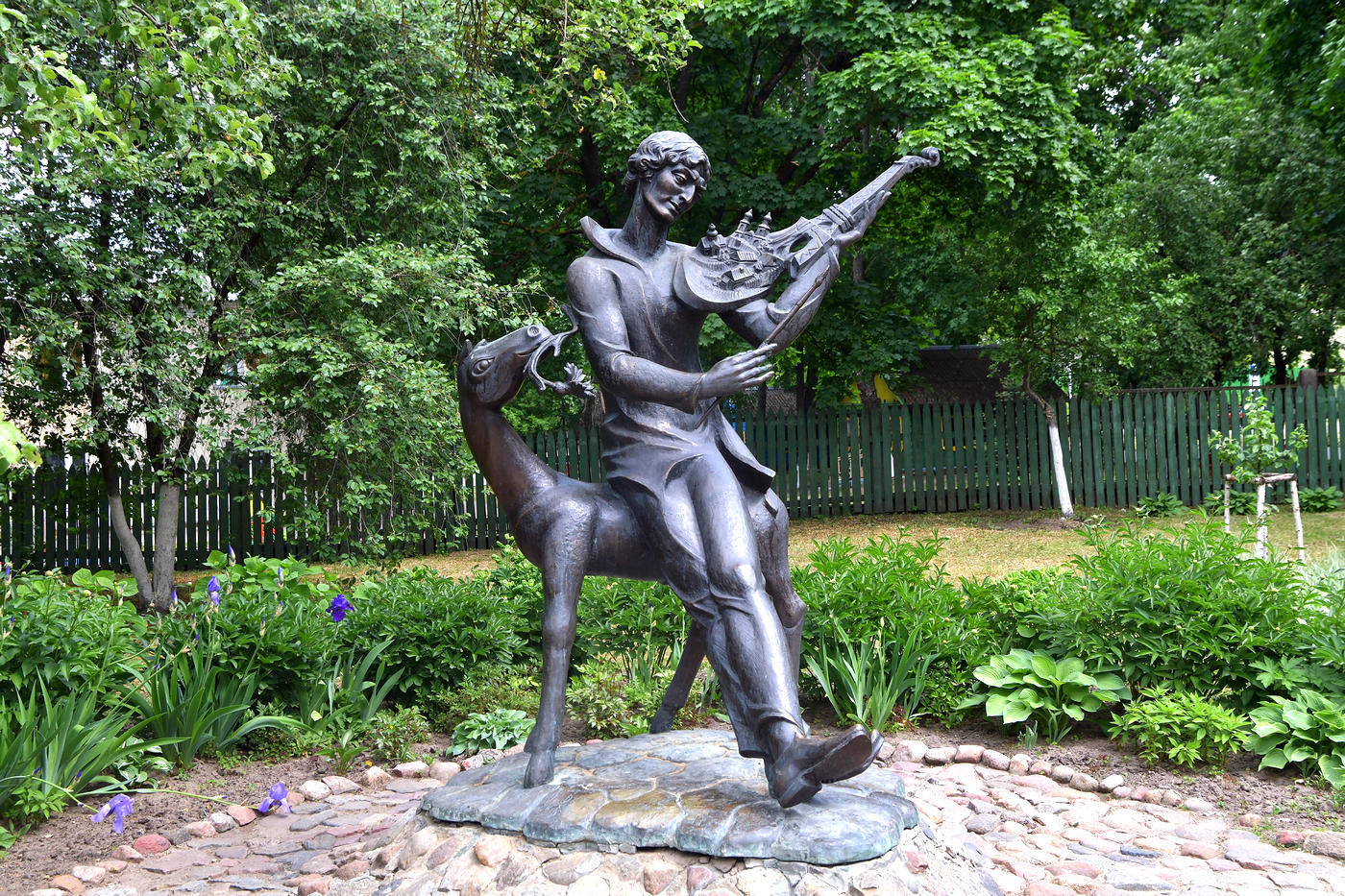
The museum consists of two buildings – the Marc Chagall House Museum and the Marc Chagall Art Centre.
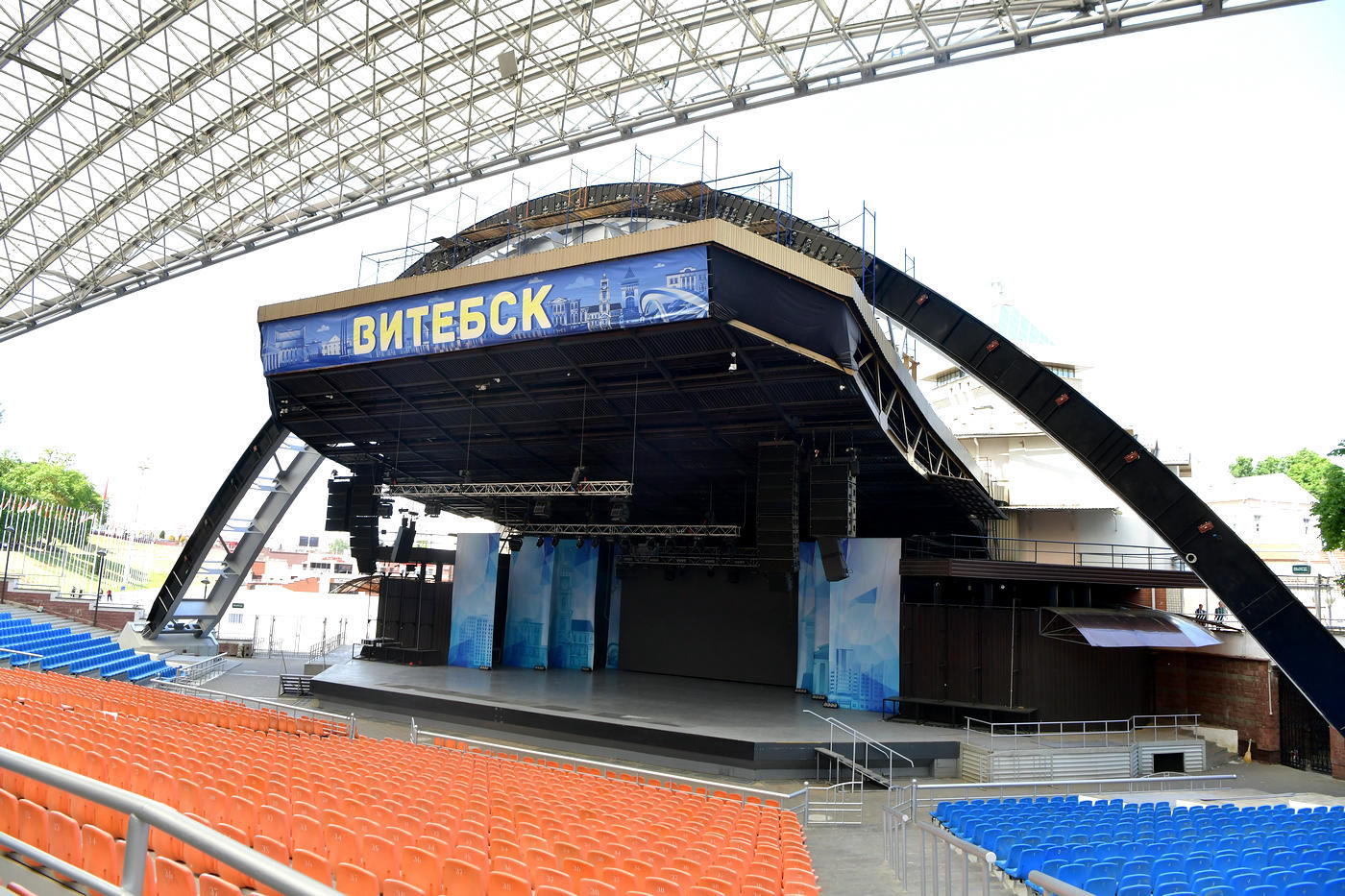
The history of the festival begins in 1992, when the first Slavianski Bazaar began its work in Vitebsk on a July afternoon. By the way, the Summer Amphitheater was built Vitebsk in 1988. The building has been renovated several times. In the 1990s, the middle tier of the auditorium was raised by three metres, wooden seats were replaced with plastic chairs, and a guest box was added. A third floor was built in the artists building. In the early 2000s, another floor was added, in which dressing rooms were placed, and a new cafe for artists was opened at the same time.
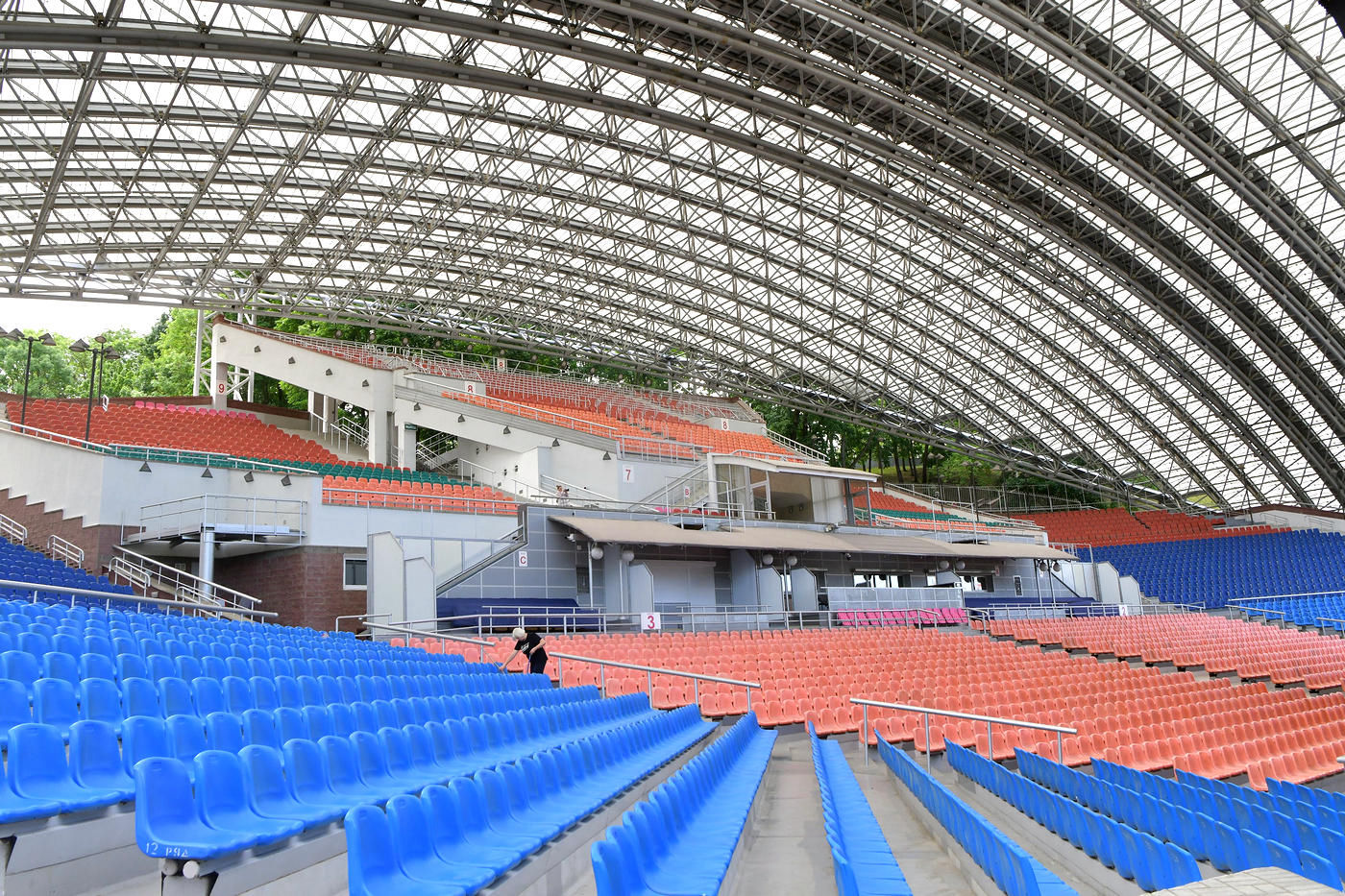
In 2006, a large-scale reconstruction of the Summer Amphitheater was carried out. The number of seats was increased. But the most important change is the dome erected over the auditorium. The height of the openwork metal structure covered with polycarbonate is 25 m. It has 10 thousand LEDs that create unique pictures. The 120 m long dome rests on two piles, while the roof can withstand both heavy snowfall and downpour. At that time, this roof knew no equals in the world. The reconstruction resulted in new comfortable seats for spectators, two large screens, comfortable dressing rooms for artists, offices for technical staff, as well as upgraded sound and lighting equipment. And this year, the arch of the Summer Amphitheater, the symbol of the Slavianski Bazaar, is being modernised. Instead of large white pixels, there will be a modern LED display that expands the ways in which the arch can be used.
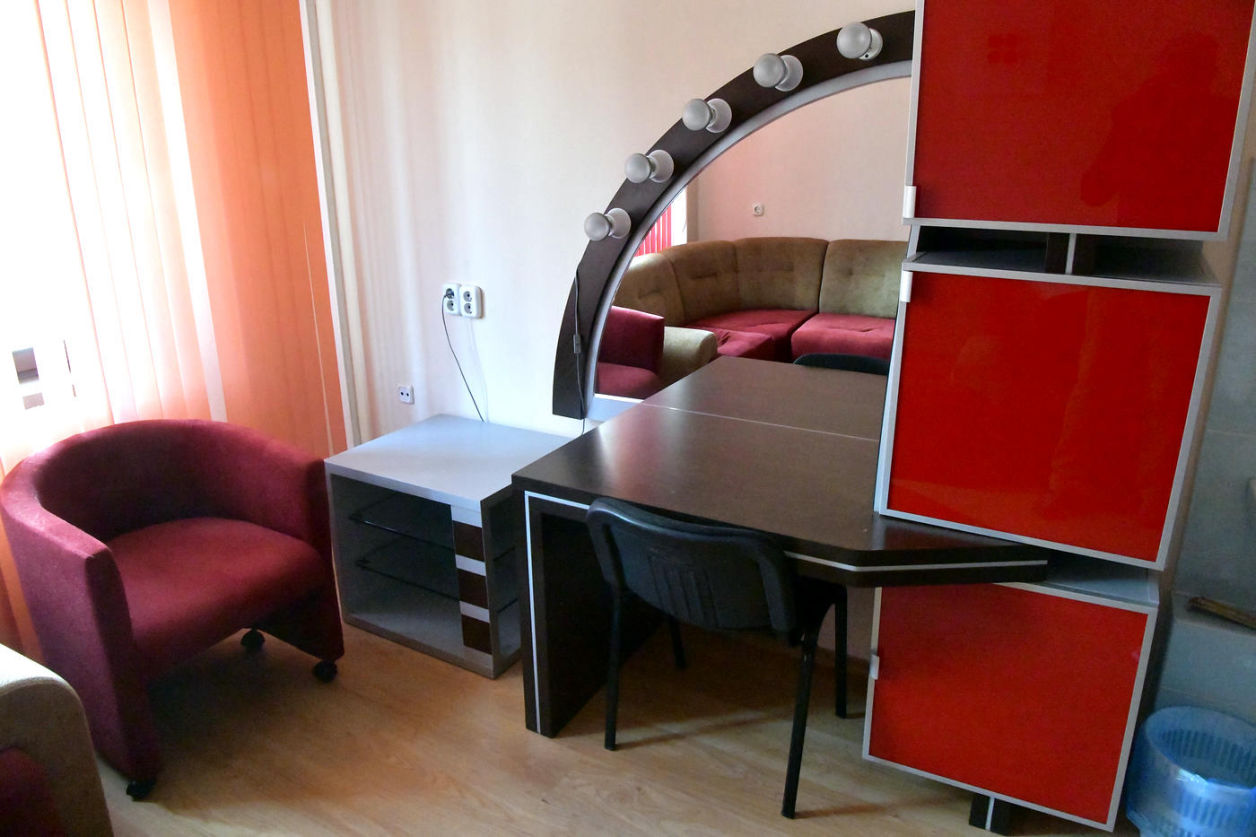
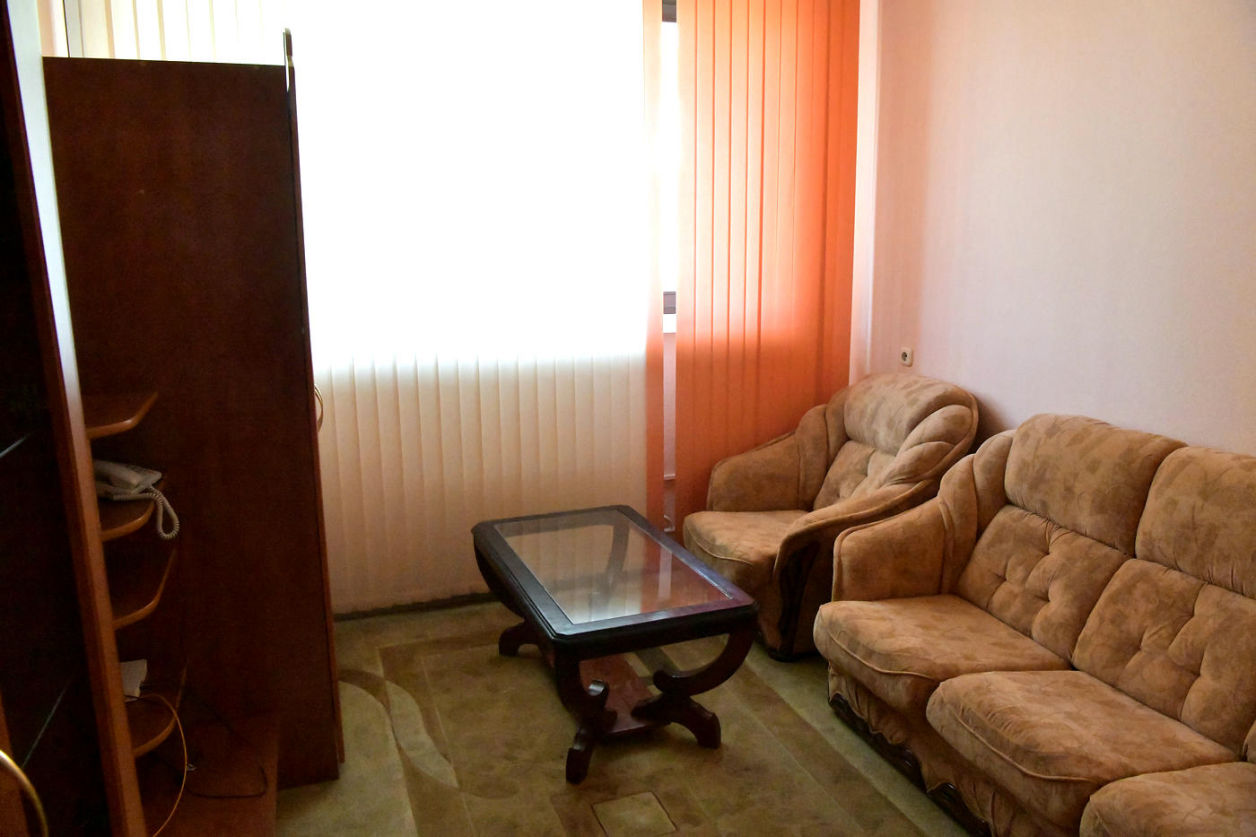
In addition to the opportunity to stand on the main stage of the festival Vitebsk, tourists can visit the dressing rooms and see the names of artists on the Avenue of Stars. To do this, you need to book a tour in the exhibition hall Dukhovskoy Kruglik.
The exhibits of this one-of-a-kind museum include very rare things, for instance, a 17th century Chinese amulet used to enter the emperor's palace. The smoking pipe, which, according to legend, belonged to the wife of the Polish king, is also of interest. Among other things, the exposition presents the first ruble silver coins of Tsarist Russia, European thalers called efimok, which were in circulation for only a couple of years, and then they were re-minted. In addition, here you can see a rare pendent seal of Prince Rurik Rostislavovich of the 12th century.
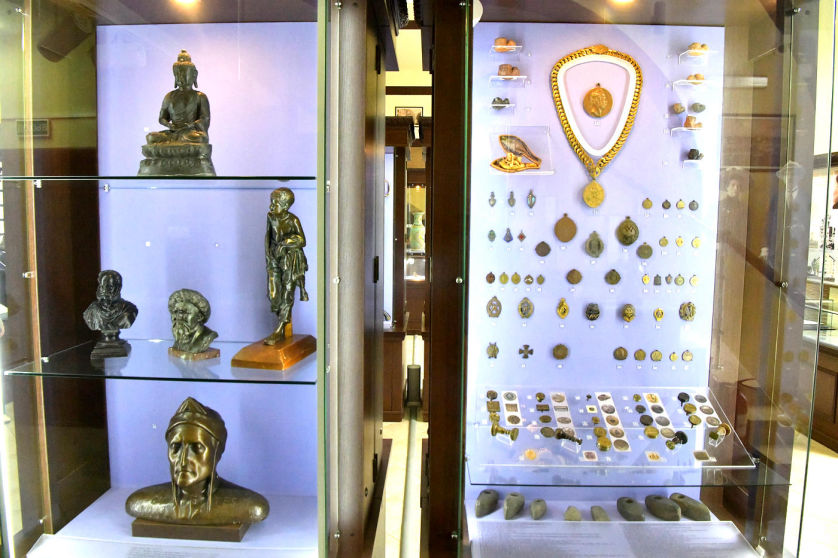
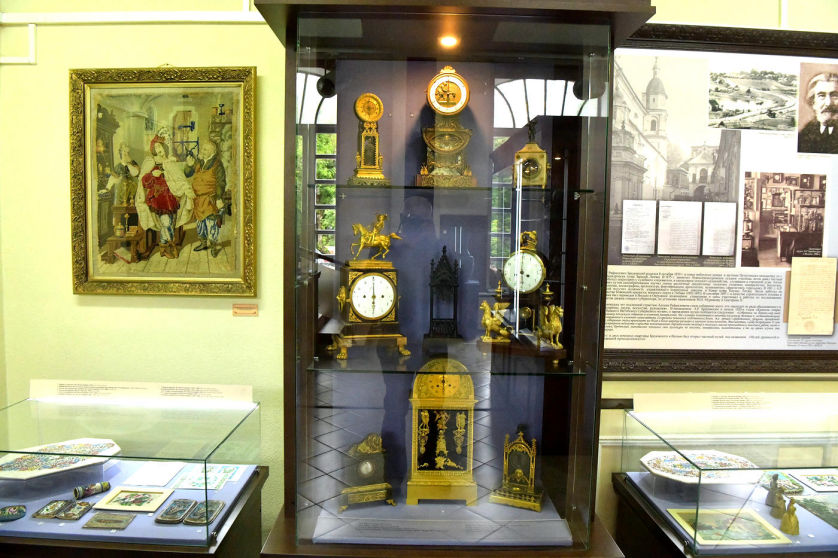

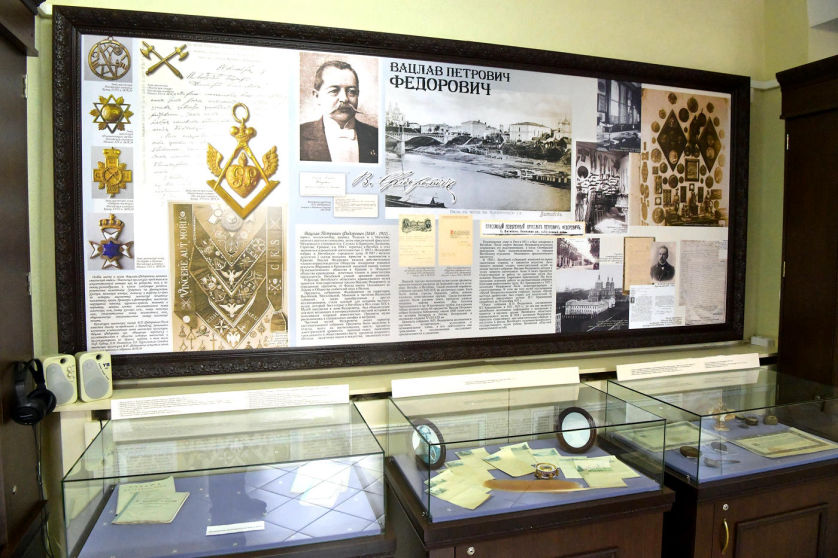
Documents, awards, various weapons, a lot of coins and medals that are ranged from antiquity to the Soviet period, porcelain, watches are some of the rare exhibits of the museum, of which there are a huge number.
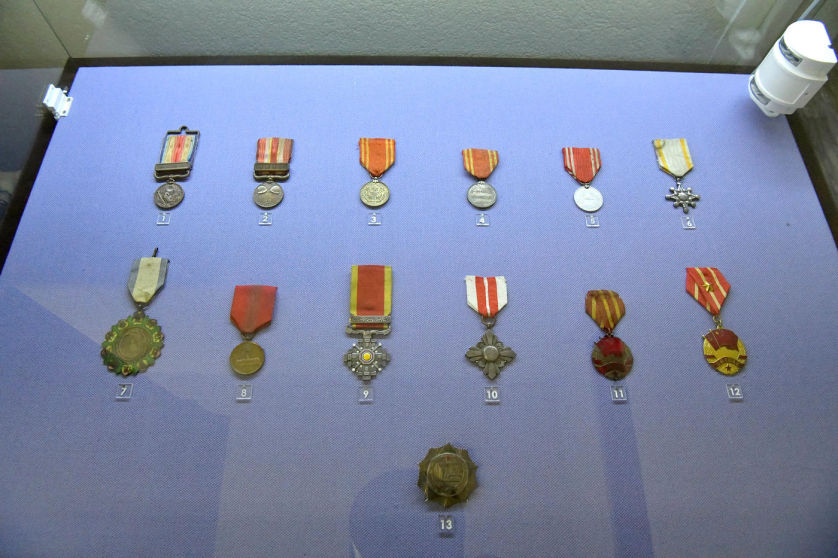
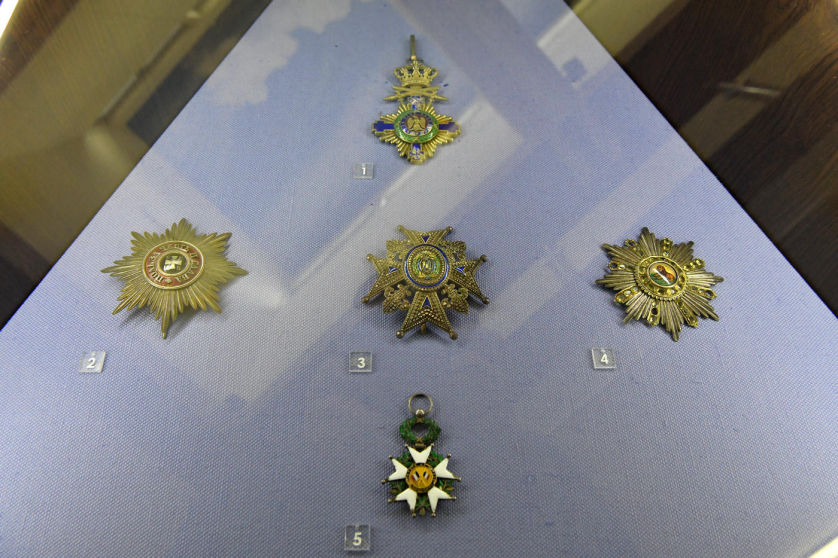
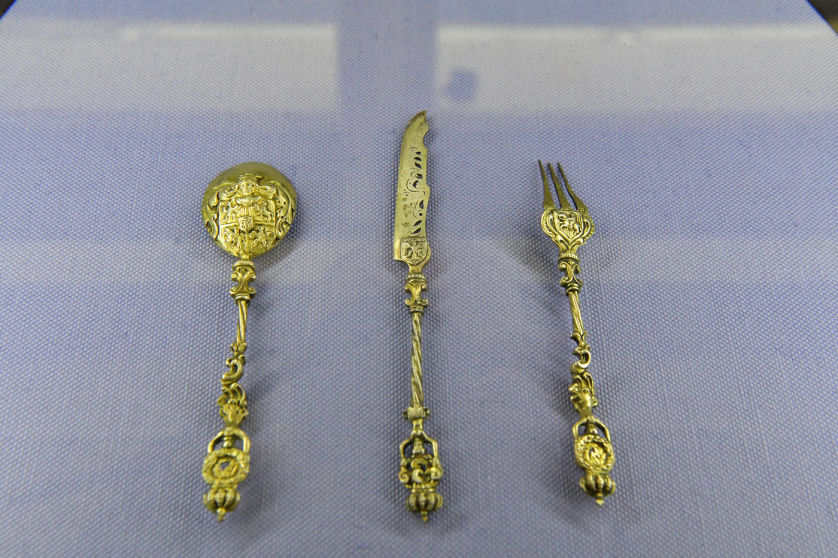
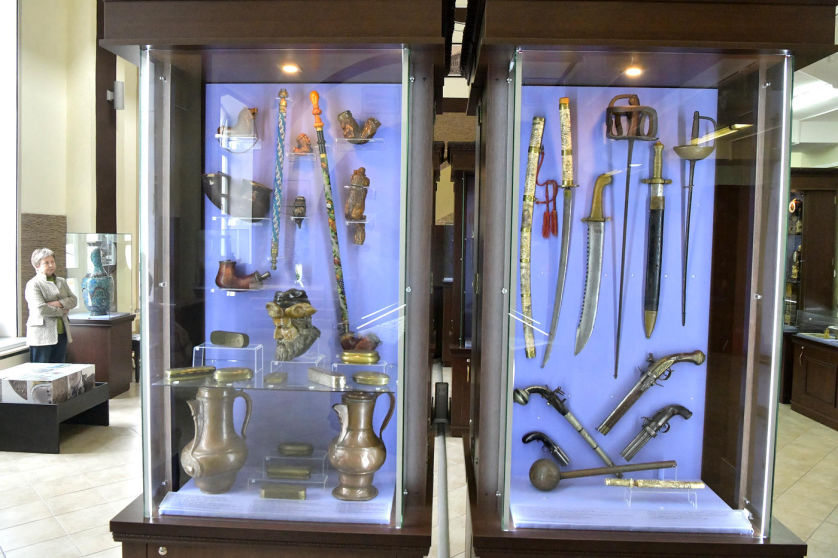
Another feature of the private collections museum is the opportunity to get into one of the exhibition halls through ... a closet! There is a private collection of Nikolai Chelnokov, the Honoured Artist of Russia, stage director, outstanding circus figure, and laureate of international circus competitions.
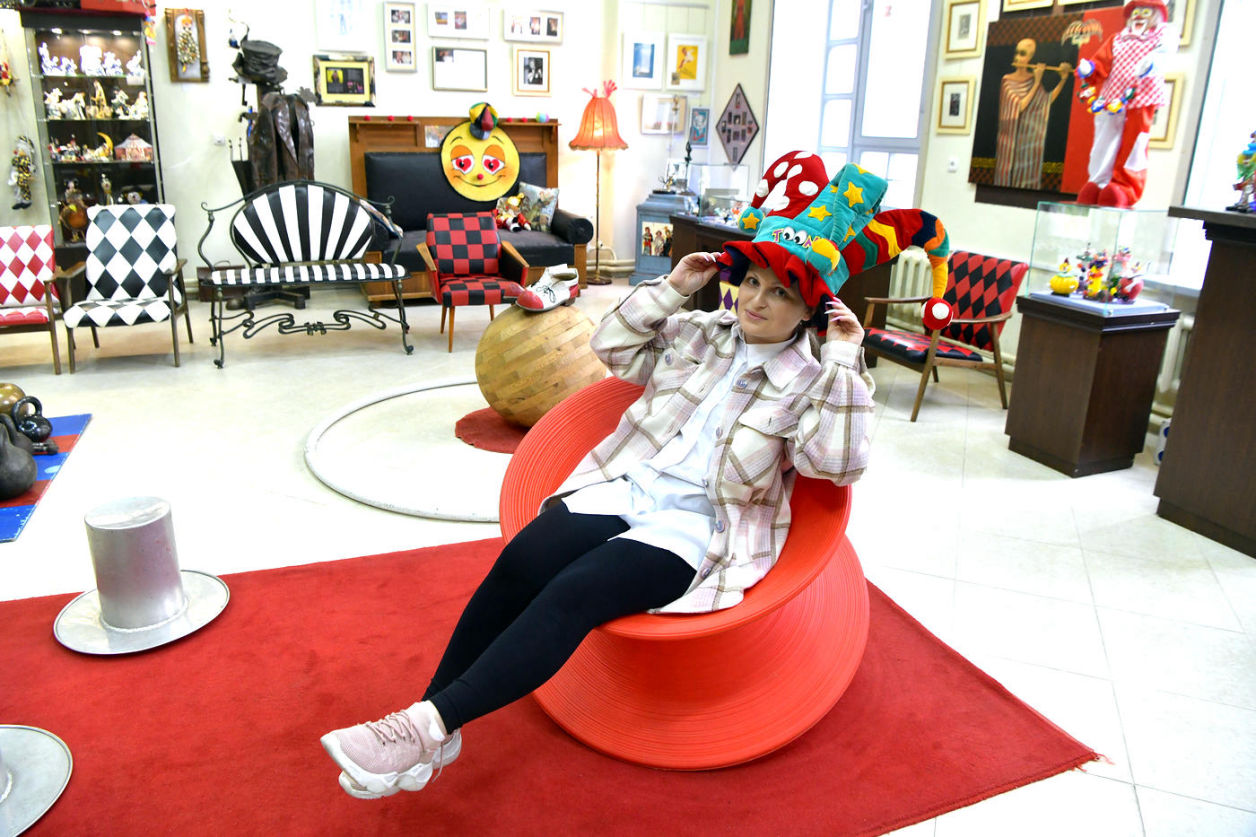
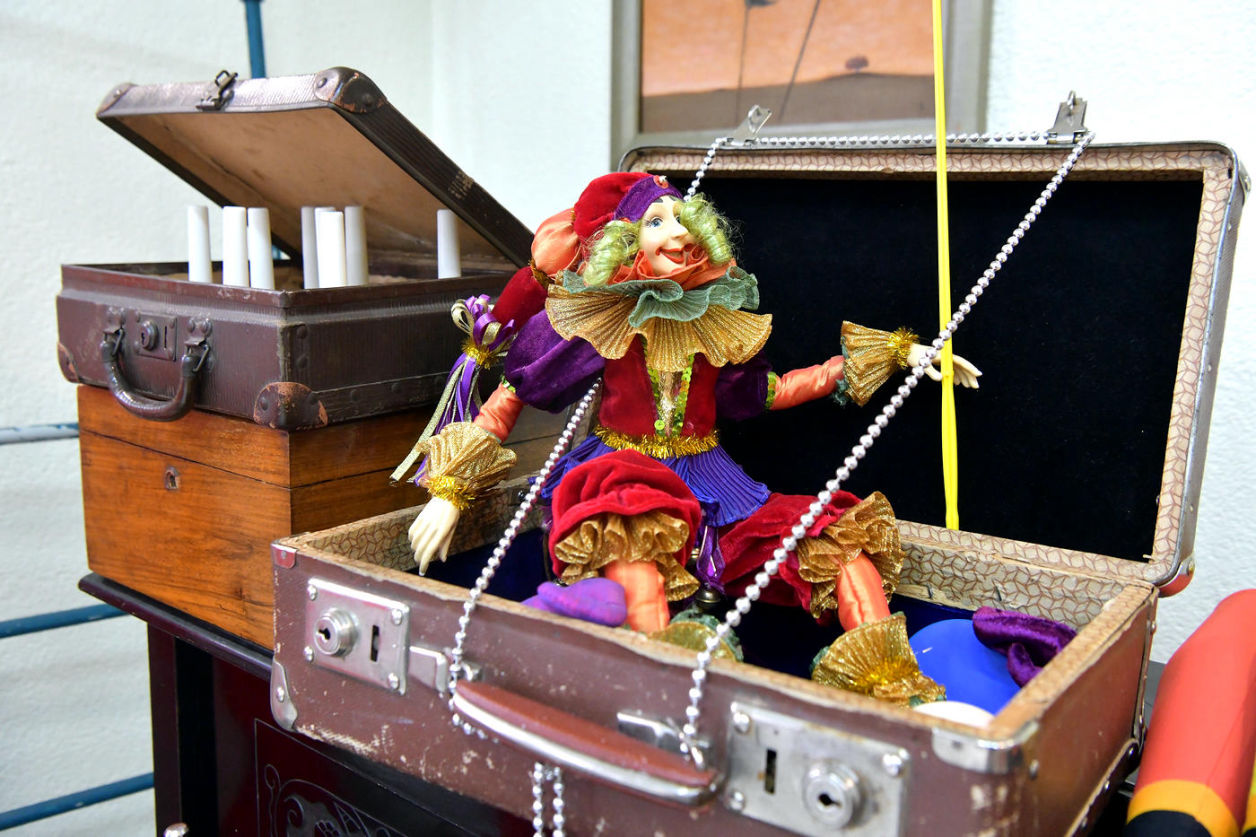
The exhibition room is filled with paintings, masks, harlequin costumes, and clowns, which are depicted in glass, porcelain, and ceramics. Some clowns are almost full-length, and others are miniature.
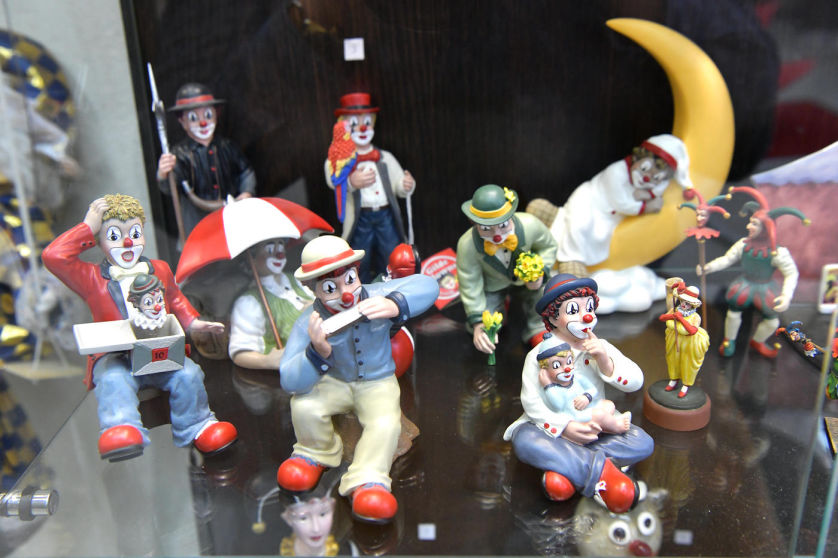
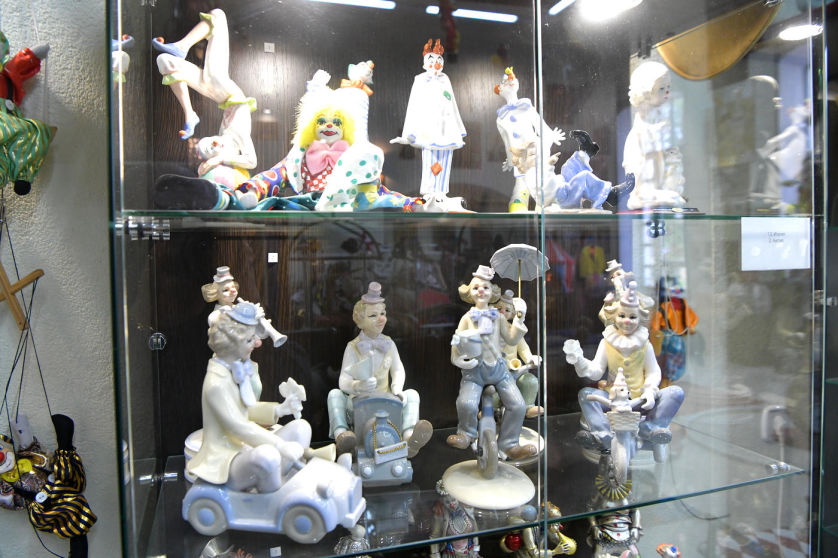
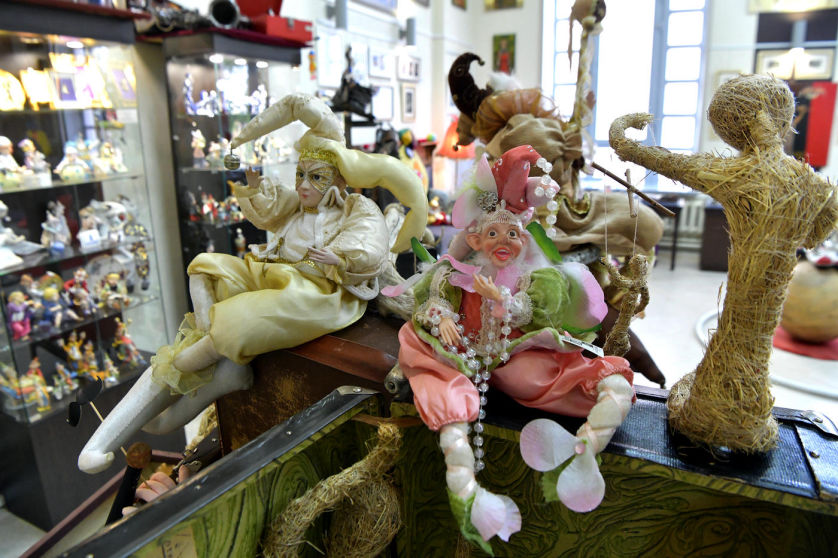
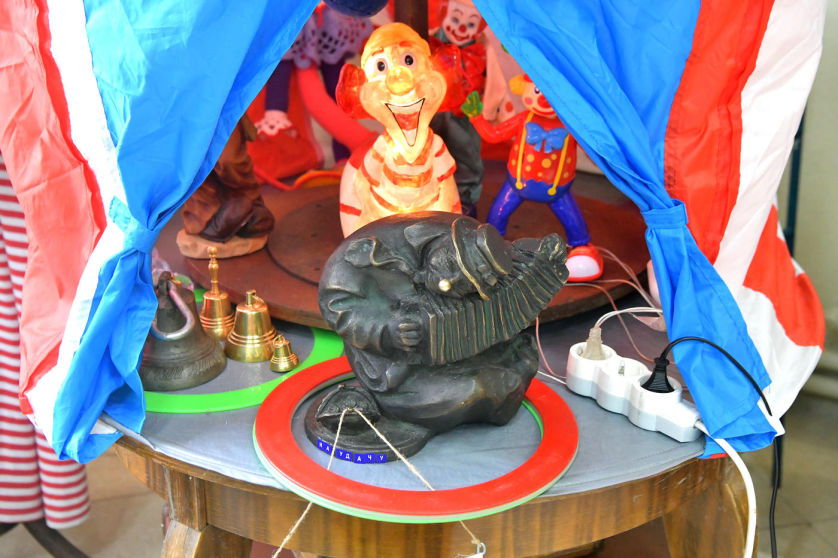
You can feel magical vibes here. Be sure that visiting this room will give you a lot of impressions and laughter!
The Vitebsk Folk Art School History Museum was opened in February 2018 in a historic building that housed the Vitebsk Folk Art School (VFAS) founded by Marc Chagall in 1918-1923.

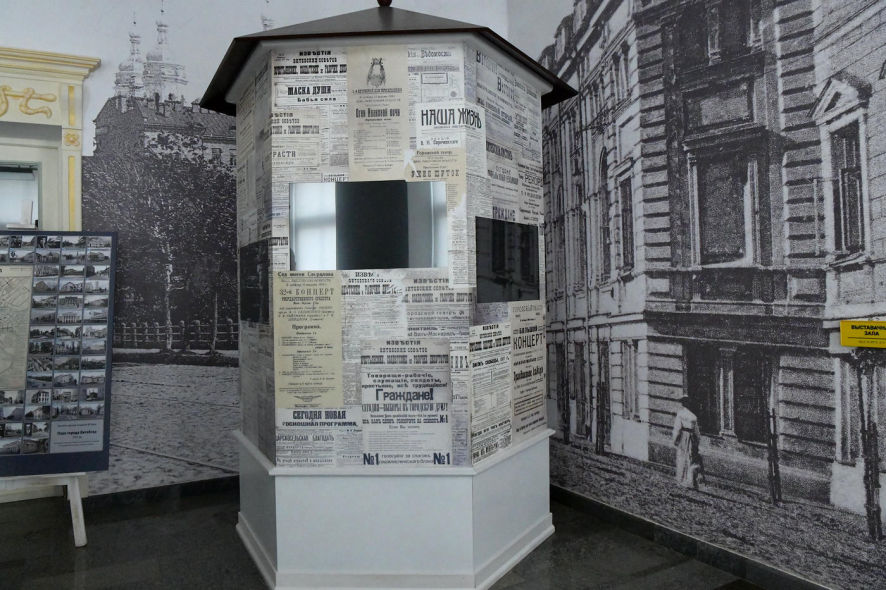
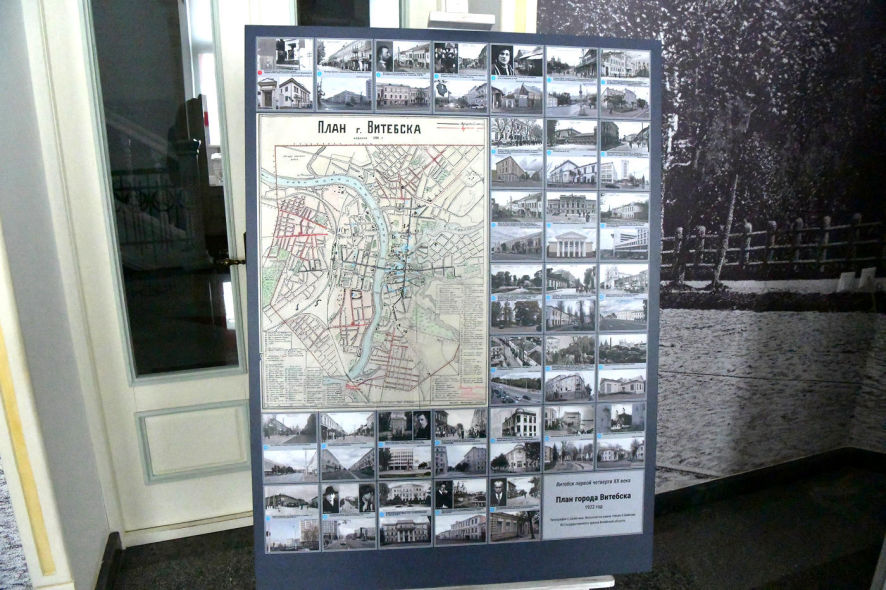
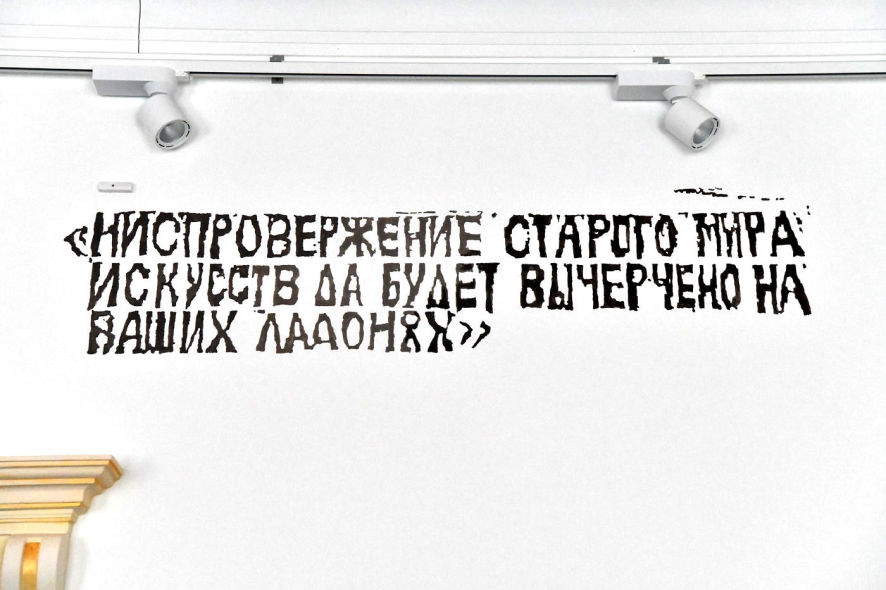
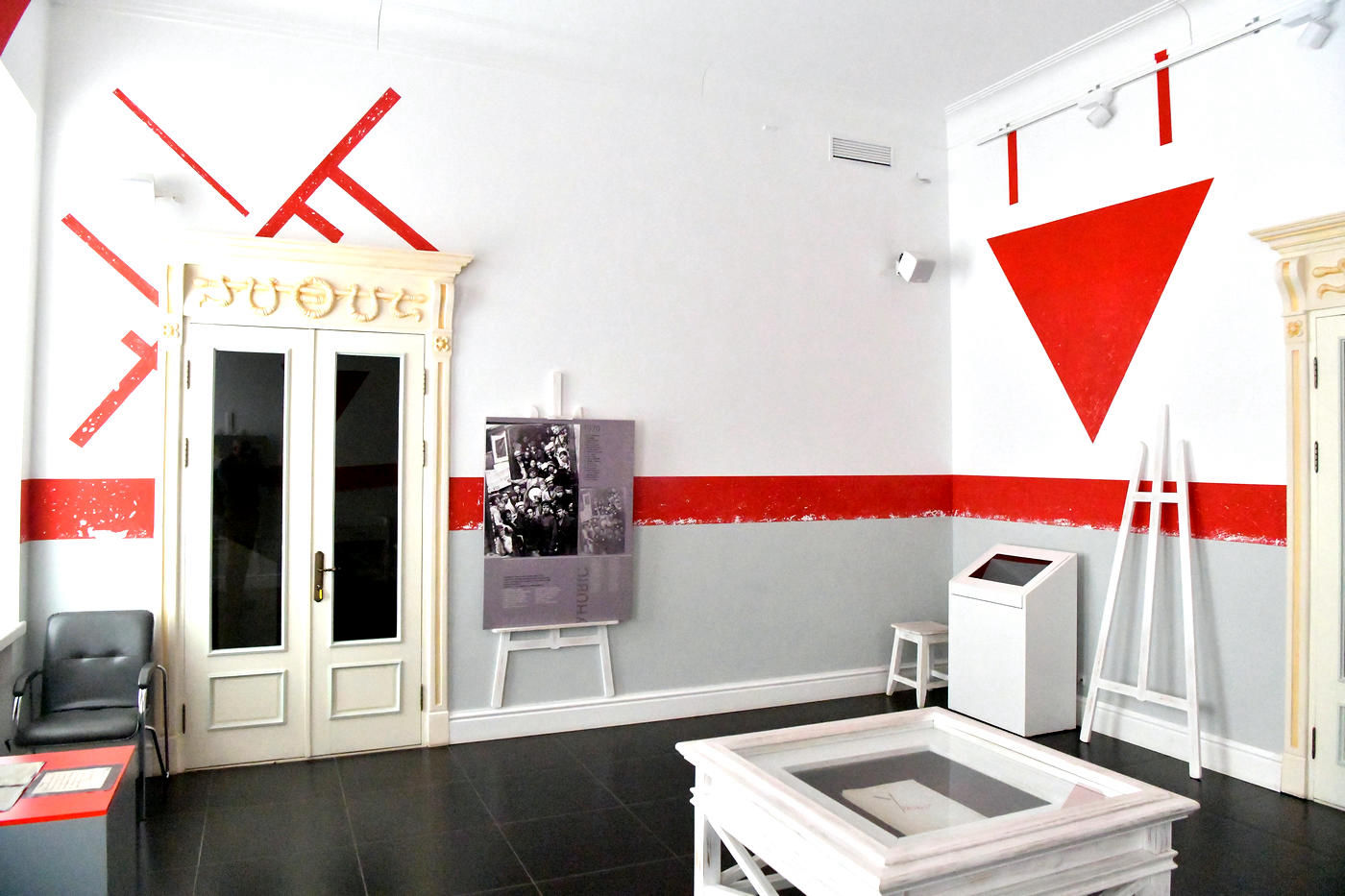
The building was reconstructed in accordance with the house plan of 1923, which is stored in the State Archives of the Vitebsk Region. Tatyana Kolesnikova, Head of the Vitebsk Folk Art School History Museum branch, drew attention to the fact that a typical interior of the early 20th century was recreated here, authentic wall masonry was fragmentarily discovered, and old plaster was probed.
"The museum exposition introduces the history and culture of Vitebsk in the late 19th–early 20th centuries, tells about the creation of the UNOVIS creative association (The Champions of the New Art), about the life and creative path of teachers and graduates of the VFAS –Marc Chagall, Kazimir Malevich, El Lissitzky, Robert Falk, Nina Kogan, Ilya Chashnik, Nikolai Suetin and many others," our guide emphasised. "The cultural institution is equipped with modern multimedia equipment that allows you to immerse yourself in the Russian avant-garde."
Everything is well-thought-out in the museum so that tourists can feel the spirit of that era. By the way, the museum even preserved steps and forged stair railings. Without doubt, visitors will be attracted by a mosaic on a granite floor with the words from a fairly well-known Soviet poster created by Lissitzky back in 1920 – "Beat the Whites with the Red Wedge." The luminous letters in the hall of Kazimir Malevich will not be neglected, too.
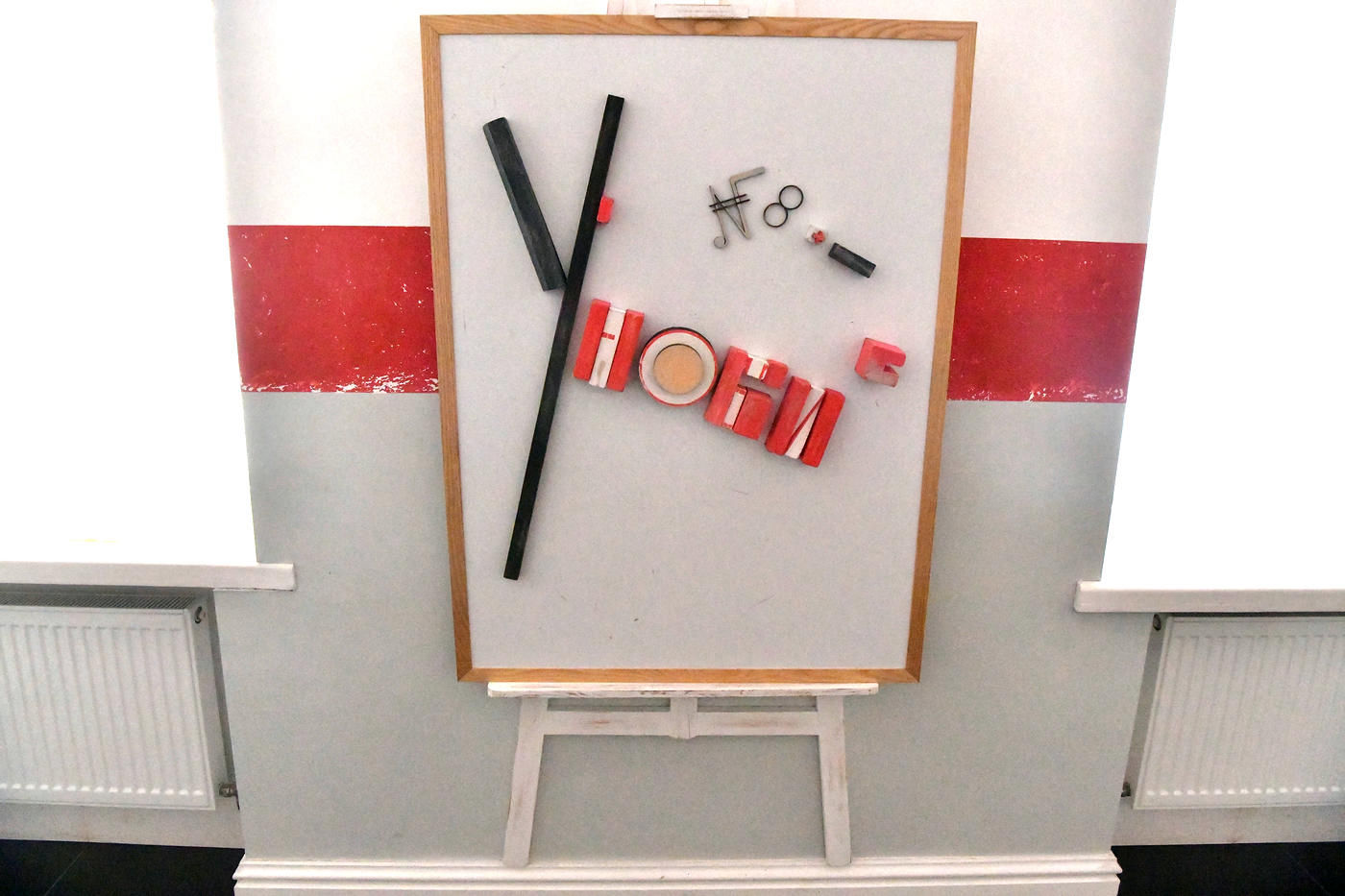
All 11 halls of the VFAS History Museum are special and have their own features. At the entrance to the museum there is a multimedia stand that, with the help of photo reconstructions, shows what Vitebsk was like a century ago and what the city has become now. An interactive mirror in the Marc Chagall hall and a retro table with a multimedia insert in Kazimir Malevich's study are also of great interest to tourists.
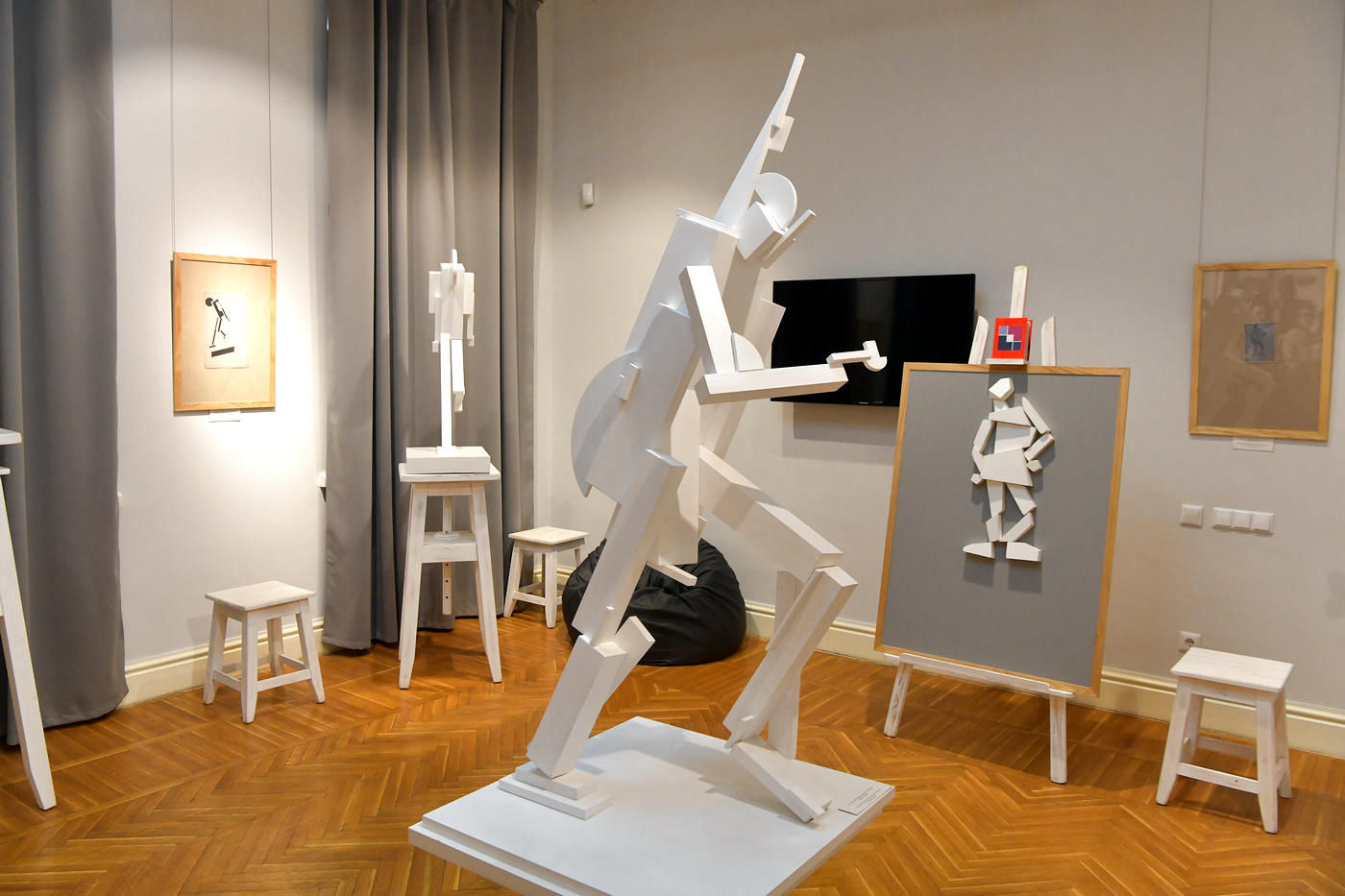
So, find time in your schedule and come for your portion of admiration!
Pedestrian cobbled streets, beautiful churches, or the botanical garden – here, in the city on the Dvina, everyone can find something that strike the chord with them. We cordially invite you to our beautiful, ancient, amazing, hospitable and welcoming Vitebsk!
Проект подготовила Екатерина Ляховская,
видео Александра Ходюкова,
фото Дмитрия Осипова,
web-верстка Чимковский Пётр
Mobirise web maker - Find out